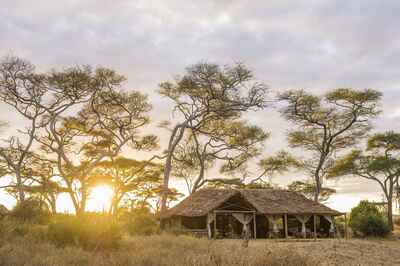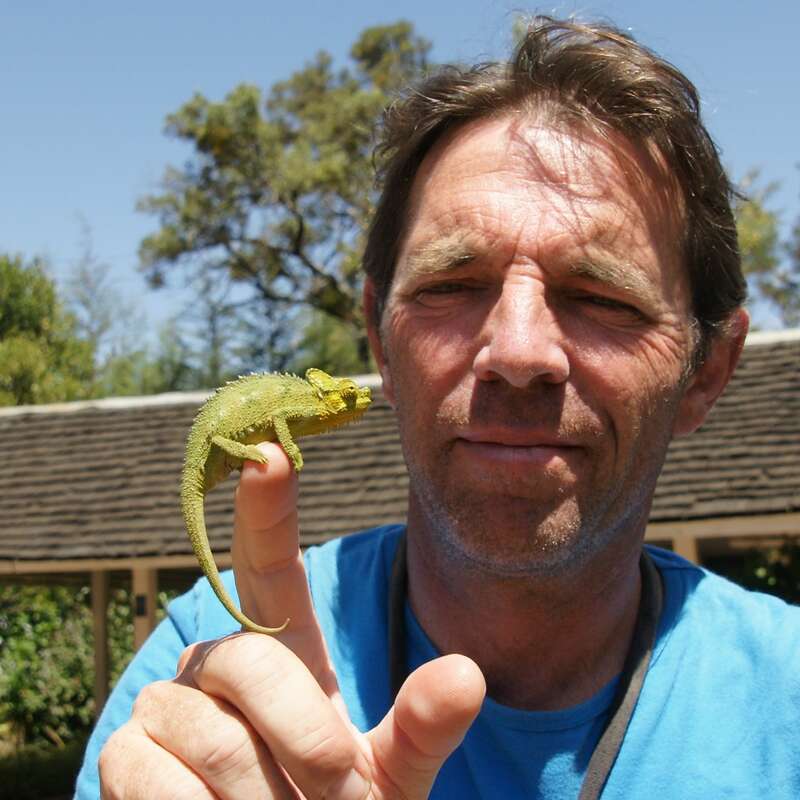About Kuro Tarangire
Nestled beneath a grove of towering acacias Kuro Tarangire Camp offers an intimate bush setting, warm welcome and relaxed atmosphere.
At first glance Kuro Tarangire is a small, simple camp set in a pretty glade with rooms shaded by tall acacia trees. But stay a while and you’ll realise how the falling seedpods and tasty shoots attract elephants, impala, waterbuck, zebra, bushbuck, giraffe and many more species. The open-fronted main area and L-shaped rooms make the most of this phenomenon and allow you to watch animals amble by from wherever you sit.
Original in its rustic style, the six rooms constructed of hewn poles, high thatched ceilings and canvas walls feature whitewashed wood and colourful pastels for a light, summery feel. The welcome here is warm, and the atmosphere very relaxed in this camp where the focus is on the natural environment and immersing oneself in the bush rather than luxuries like a pool or plumbed-in showers.
The engaging team at Kuro Tarangire work hard to make your stay a memorable one, from action packed game drives through a variety of environments, and spot-lit night drives seeking out nocturnal specialties to guided walks for a closer look at nature. Perhaps a surprise bush breakfast or sundowners at the edge of the plains thrown in for good measure. The remote location deep within the park ensures you enjoy the best of Tarangire with relatively few others around.
Our view
Despite being a camp with permanent rooms instead of traditional canvas tents, Kuro Tarangire retains the feel of a rustic bush camp, with its intimate set-up and an excellent team behind it. The clever design making the most of the surroundings and a great location make it one of the best options in this beautiful park, and a firm favourite of ours.
Accommodation
6 tented rooms
Children
Best for 12+
Open
Jun to mid Mar
Activities

4WD Safari

Birdwatching

Cultural excursion

Guided walking safari

Hot air ballooning

Night drive

Private activities
Traveller reviews of Kuro Tarangire
24 real, un-edited reviews from Expert Africa's travellers.
Arrived 27 Jan 2025, 3 nights
"Kuro Tarangire review"
Overall rating: Excellent
Arrived 29 Nov 2024, 4 nights
"Kuro Tarangire review"
Overall rating: Excellent
Arrived 26 Sep 2024, 2 nights
"Kuro Tarangire review"
Overall rating: Excellent
Arrived 20 Sep 2024, 2 nights
"Kuro Tarangire review"
Overall rating: Excellent
Arrived 31 Oct 2023, 3 nights
"Kuro Tarangire review"
Overall rating: Excellent
Arrived 21 Oct 2023, 3 nights
"Kuro Tarangire review"
Overall rating: Excellent
Arrived 18 Aug 2023, 3 nights
"Kuro Tarangire review"
Overall rating: Excellent
Arrived 4 Oct 2022, 2 nights
"Kuro Tarangire review"
Overall rating: Excellent
Arrived 27 Oct 2021, 3 nights
"Kuro Tarangire review"
Overall rating: Excellent
Arrived 14 Sep 2021, 2 nights
"Kuro Tarangire review"
Overall rating: Excellent
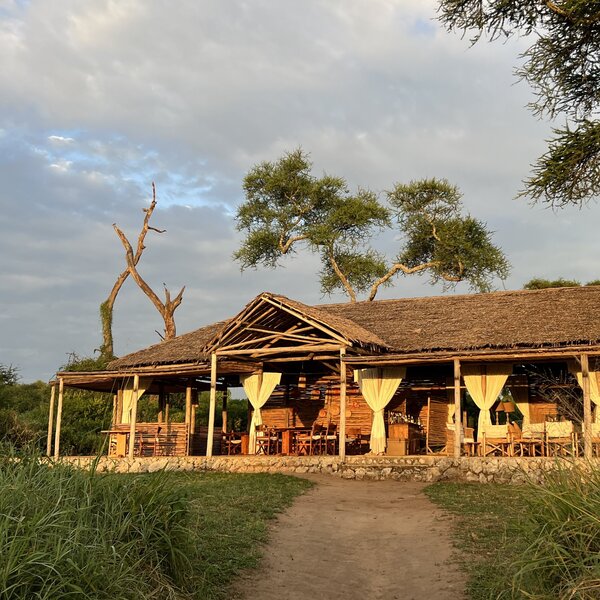
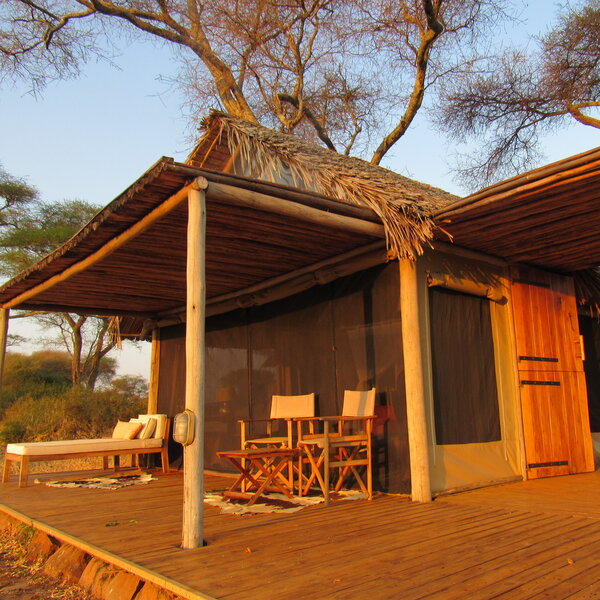
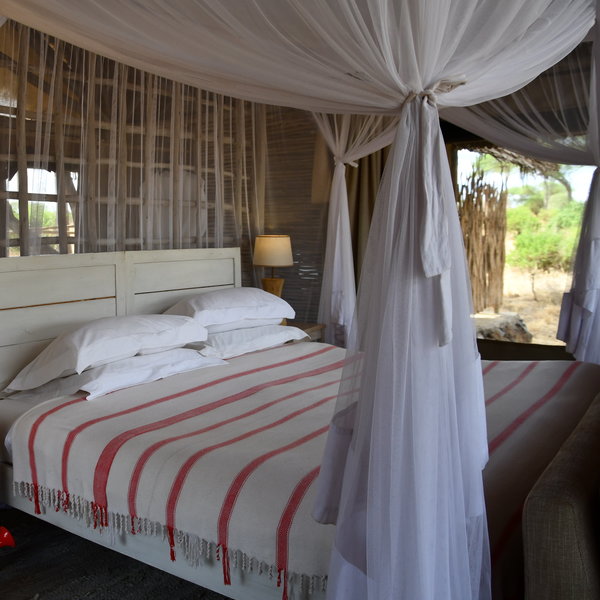
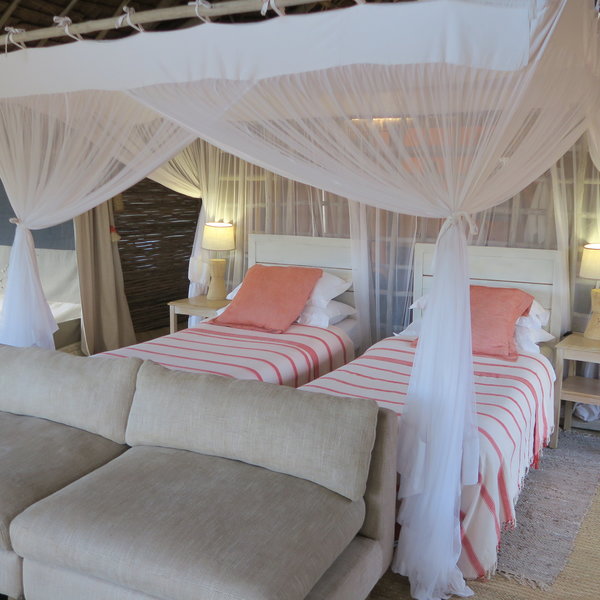
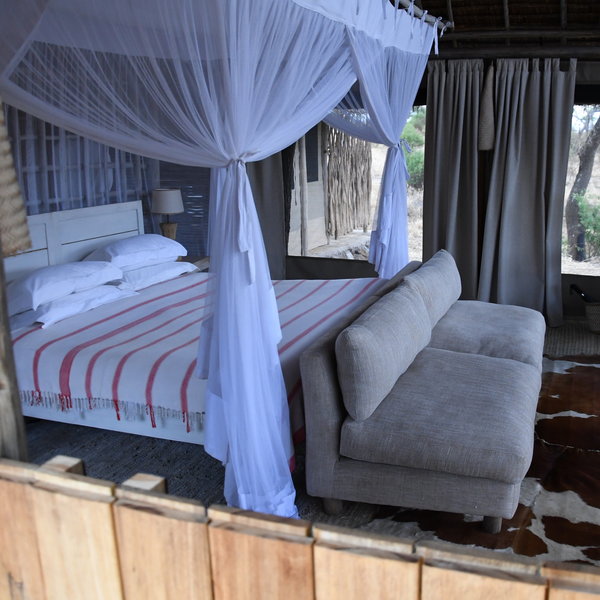
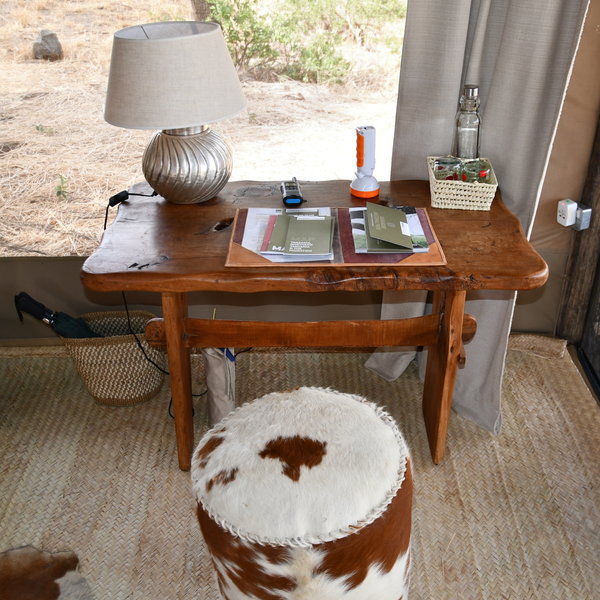
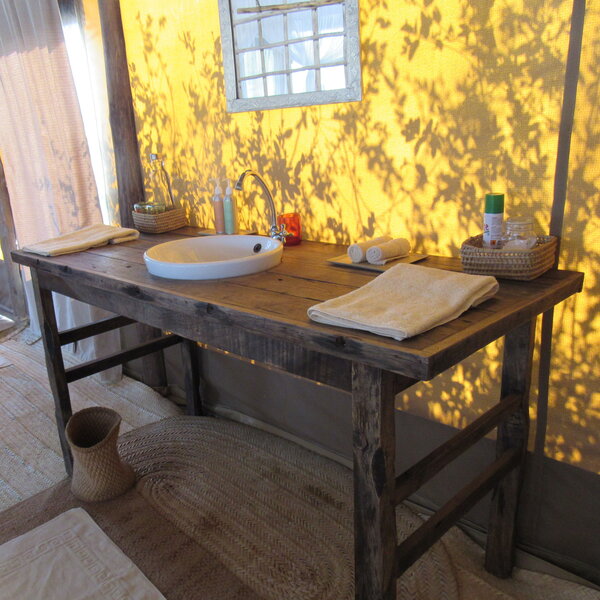
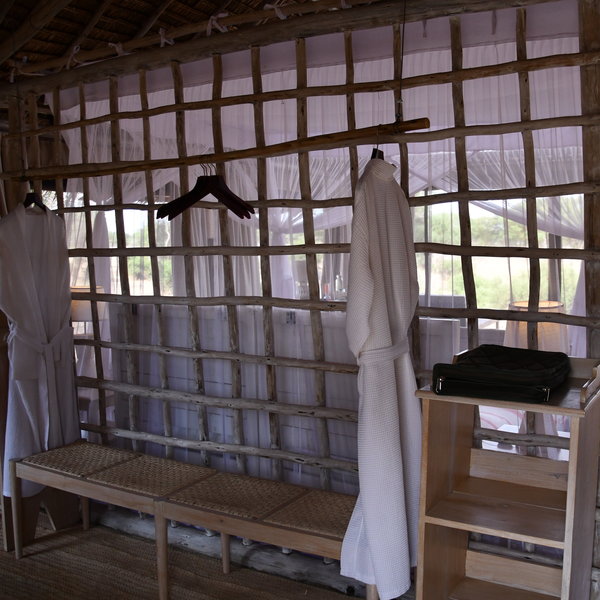
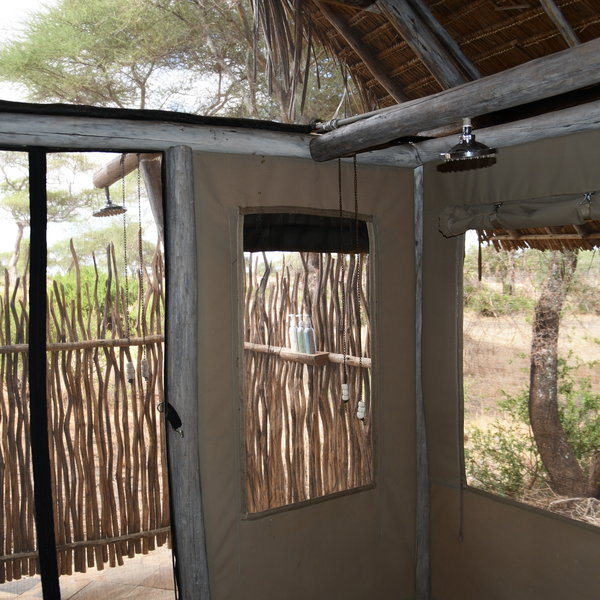
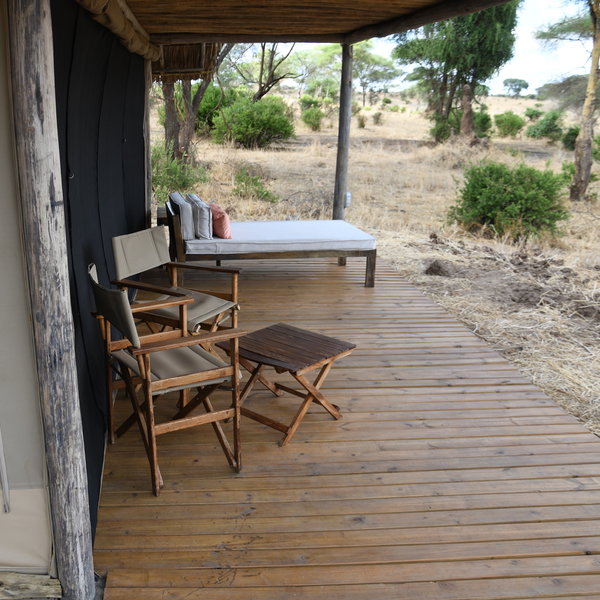
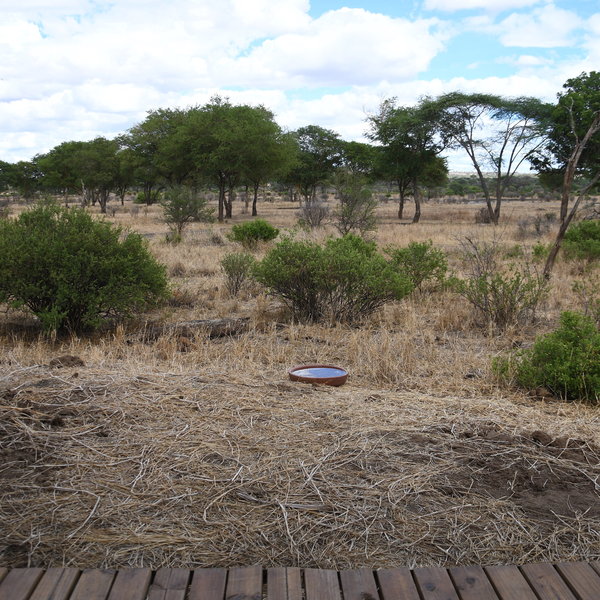
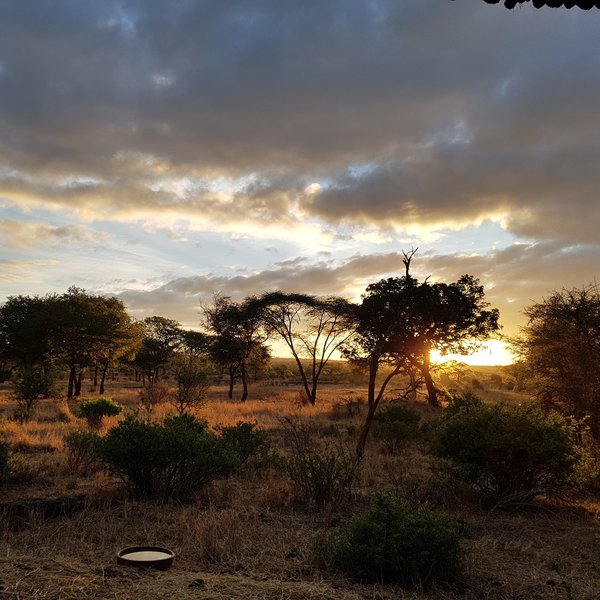
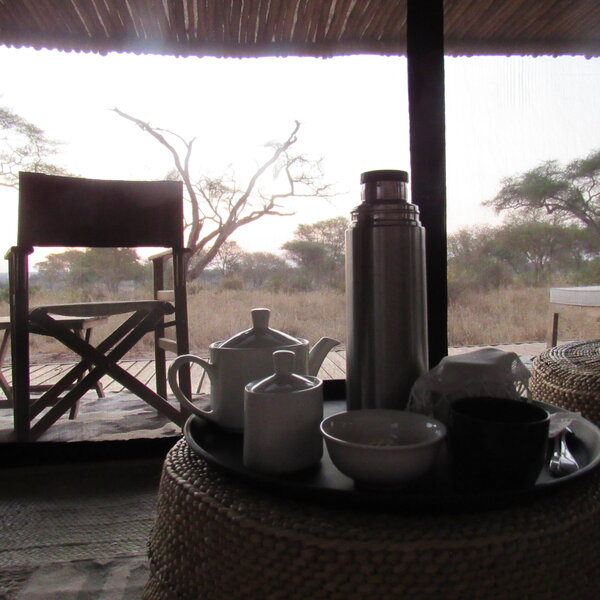
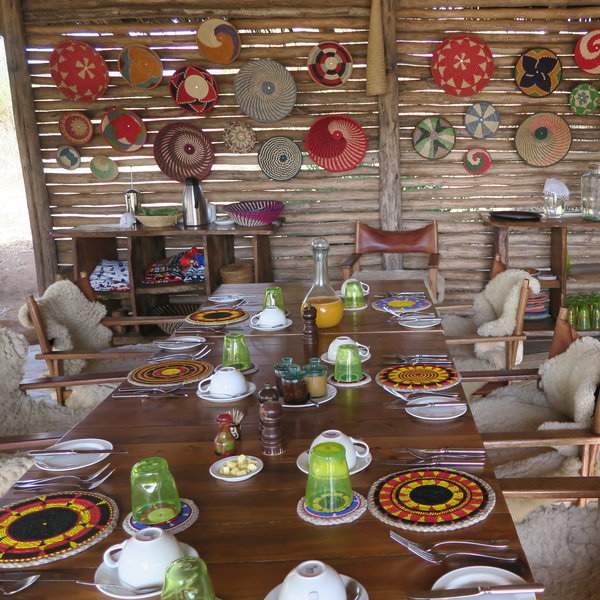
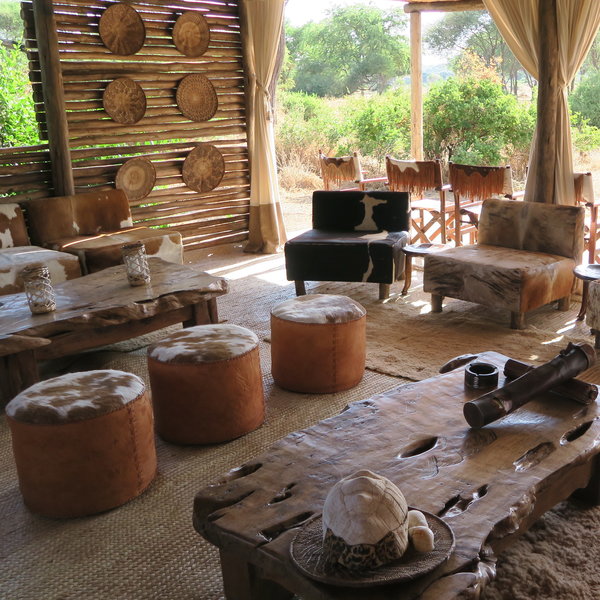
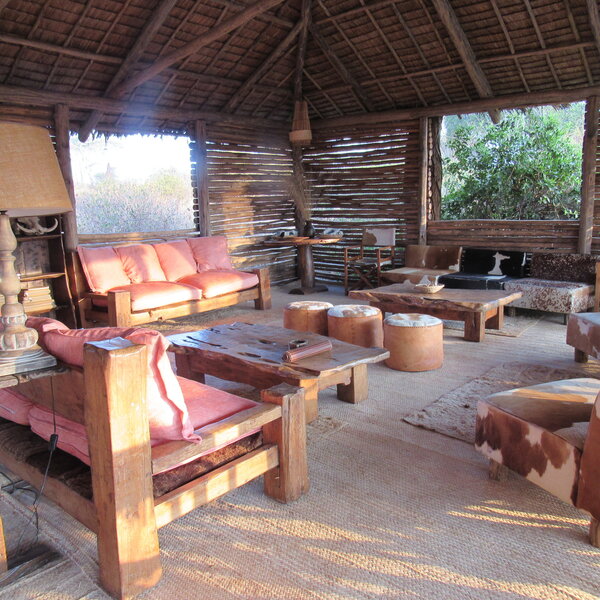
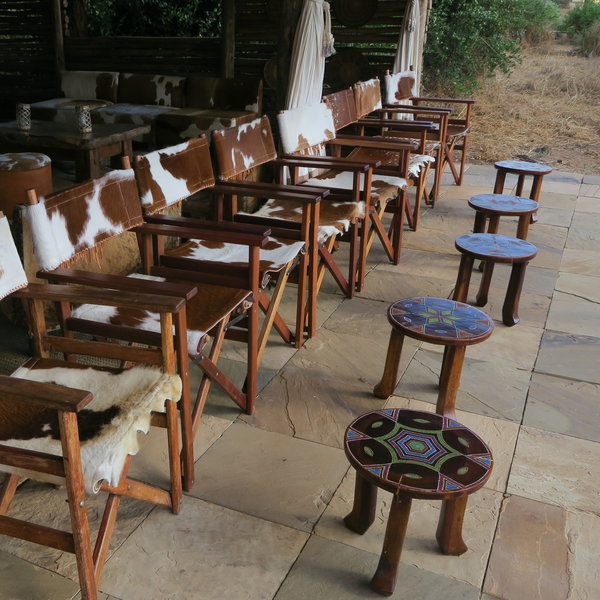
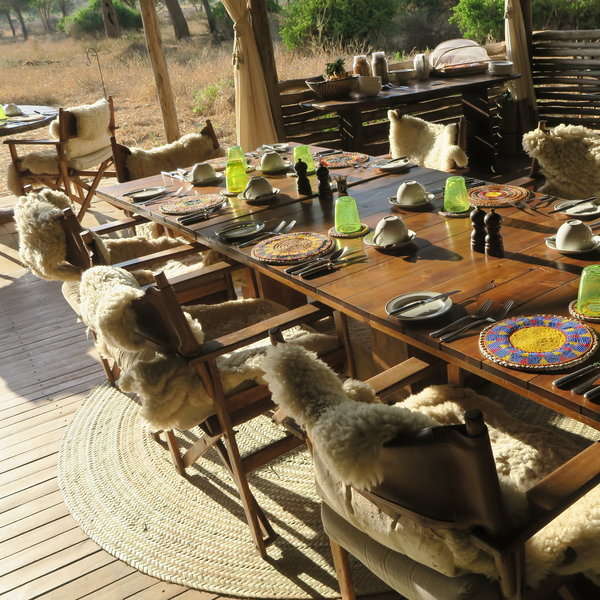
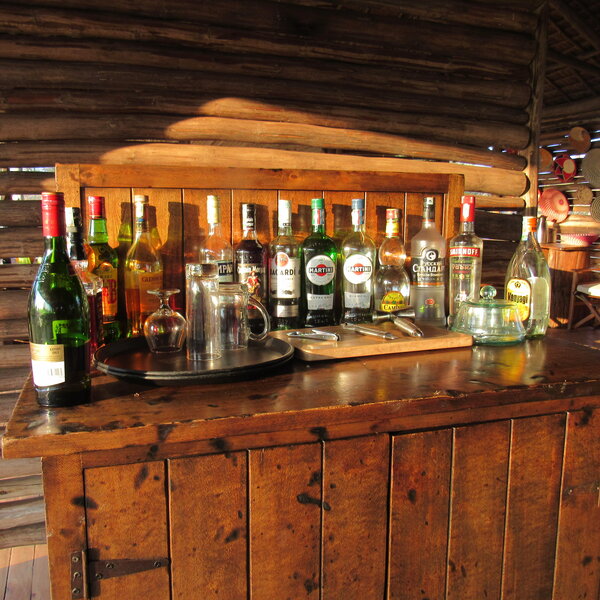
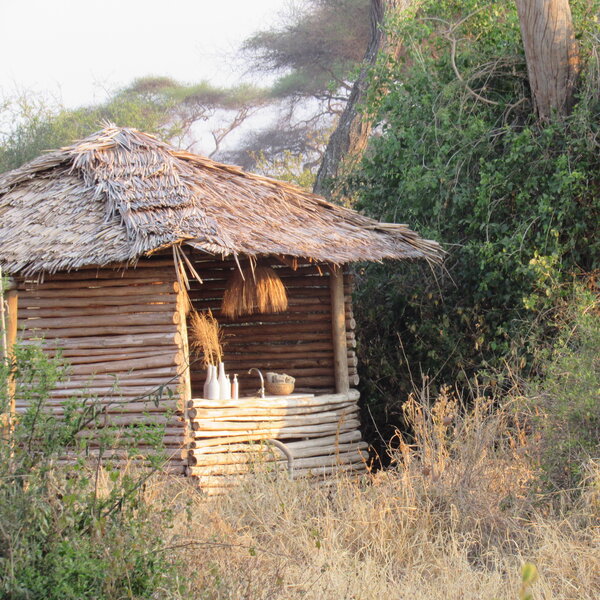
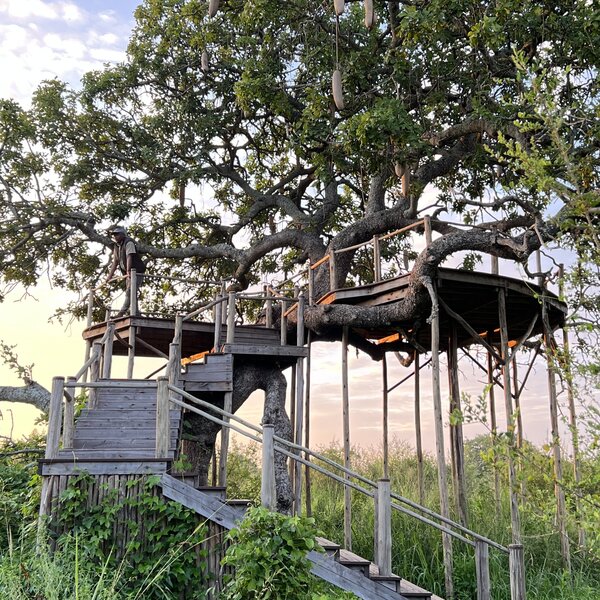
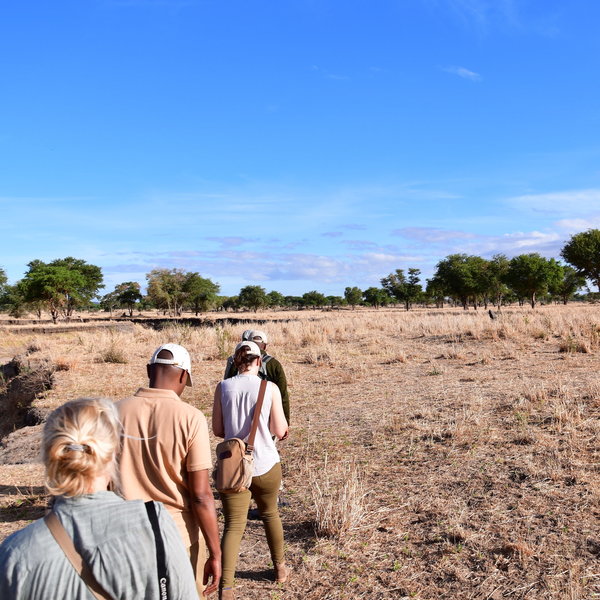
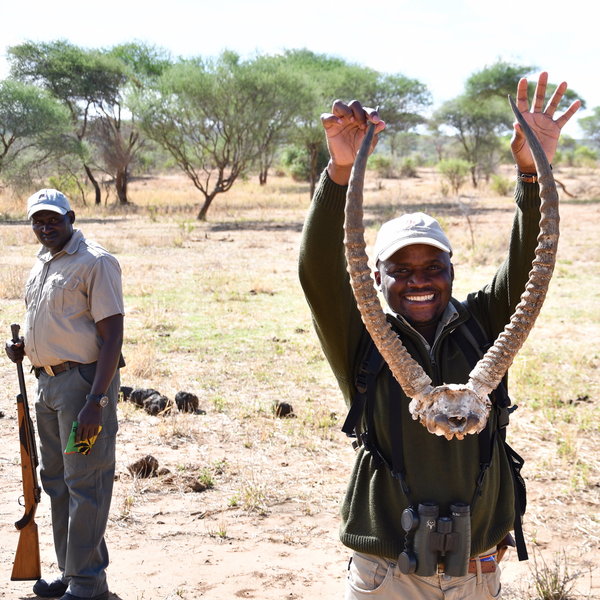
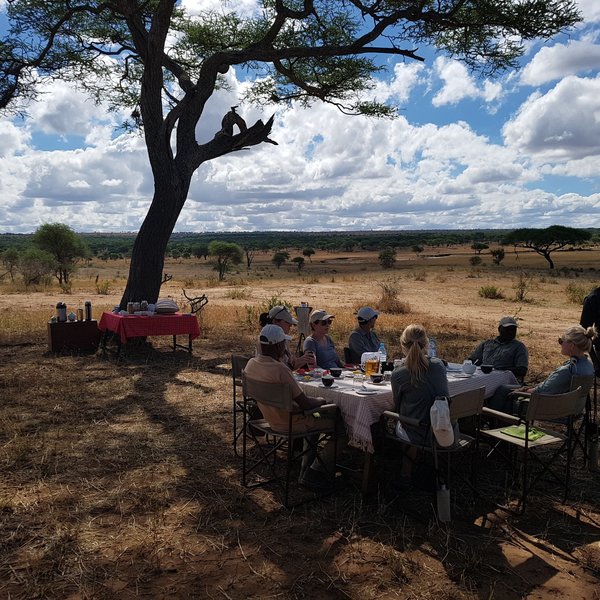
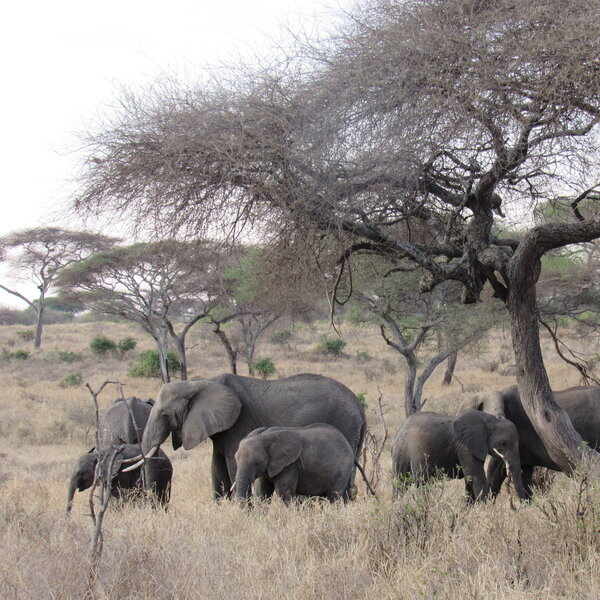
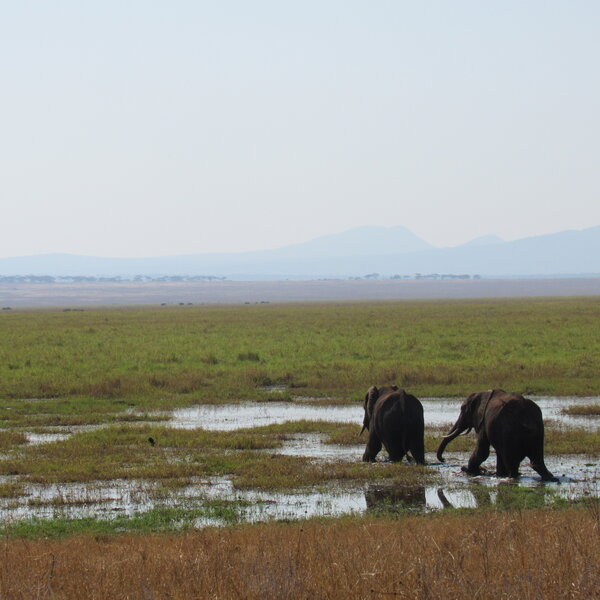
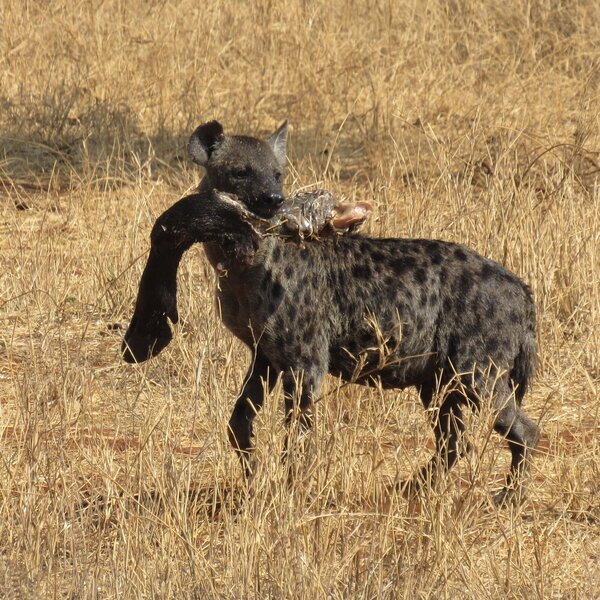
Expert Africa's gallery
When we travel we take lots of photos ourselves to give you a real and un-edited view of the safaris. See our 33 pictures and 1 videos of Kuro Tarangire to get the candid view.
View gallerySafaris visiting Kuro Tarangire
Just ideas, we'll always tailor-make a trip for you
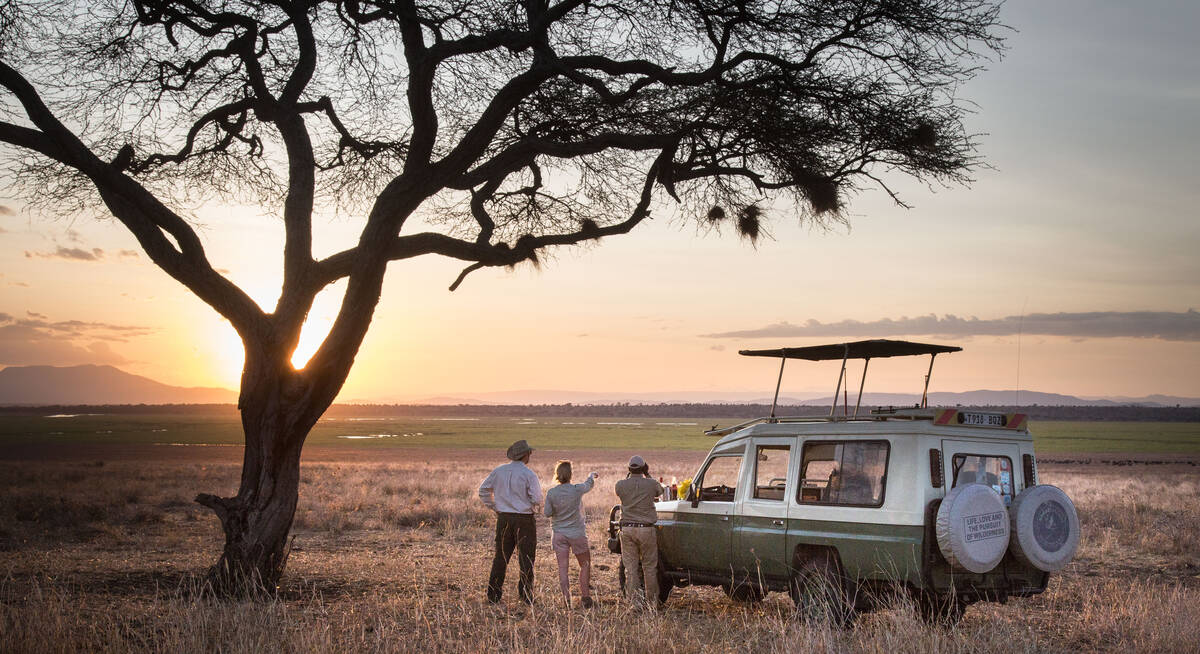
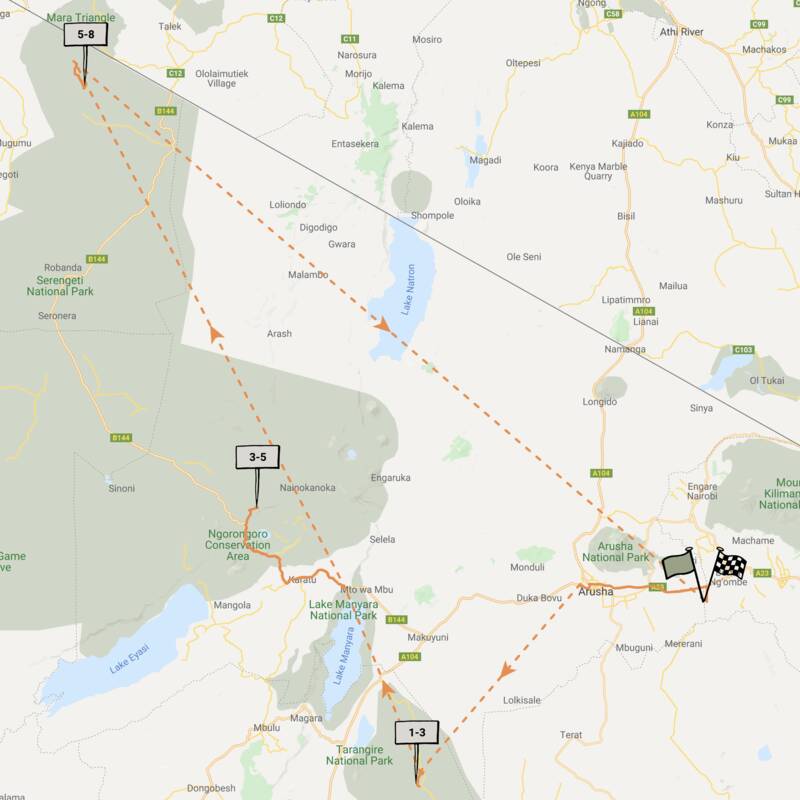
Fringe-eared Oryx Fly-in Safari
7 days • 3 locations • 1 country
KILIMANJARO AIRPORT TO KILIMANJARO AIRPORT
Stay in three superbly positioned camps during this exploration of Tanzania’s famous northern circuit. Excellent views over the surrounding areas, relatively remote locations and game-rich habitat make for an exciting and varied safari experience.
Visiting Serengeti, Tarangire and 1 other area
US$7,300 - US$14,860 per person
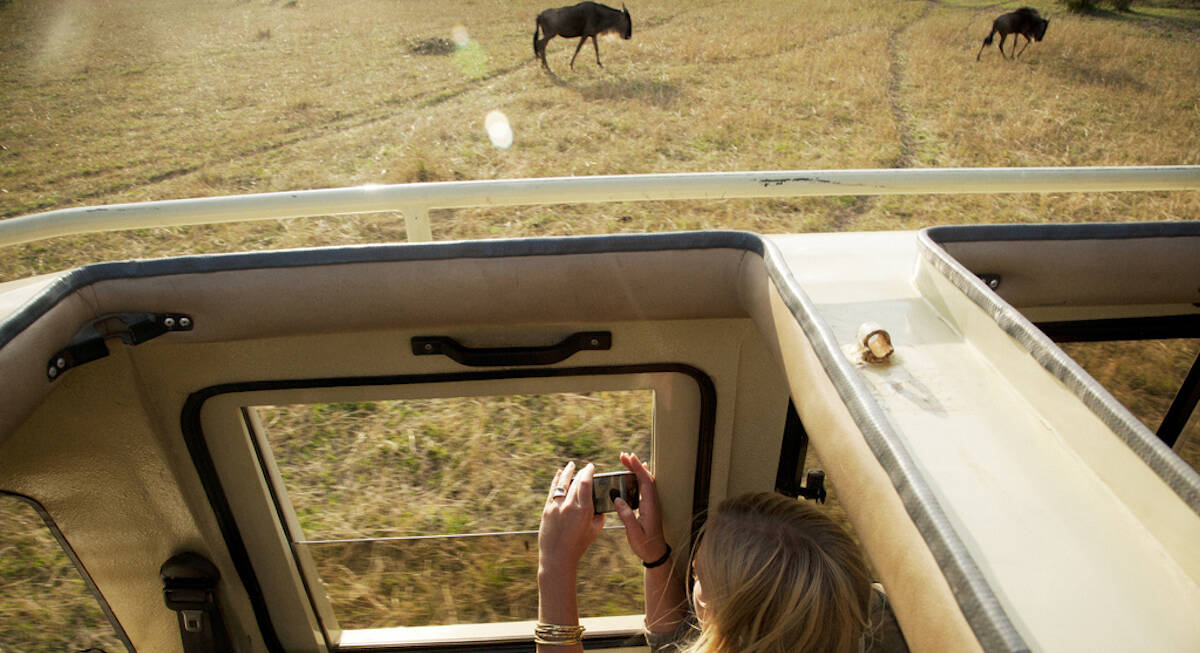
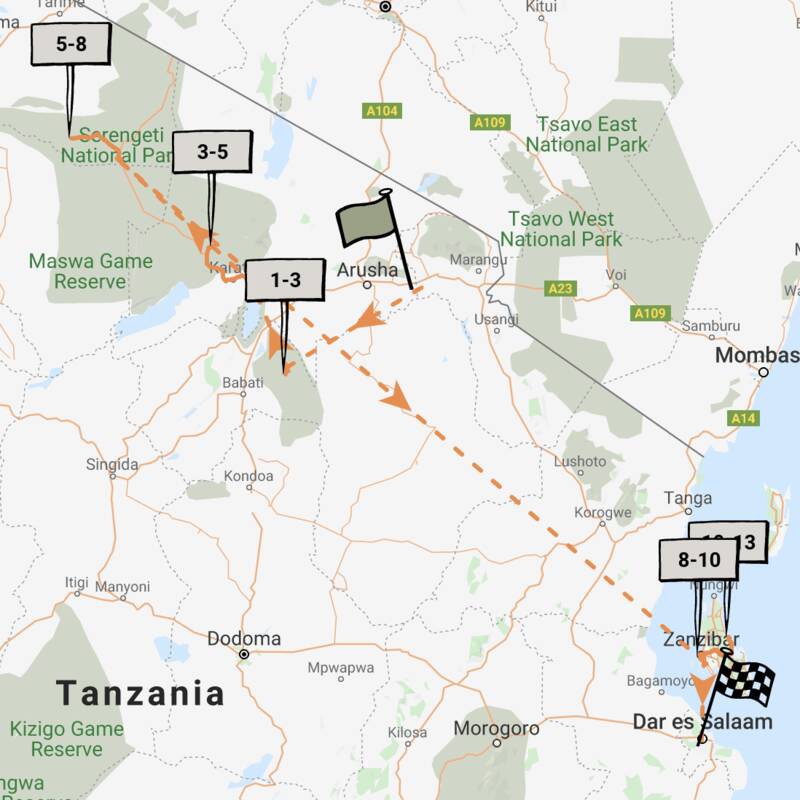
Regal Sunbird Fly-in Safari
12 days • 5 locations • 2 country
KILIMANJARO AIRPORT TO DAR ES SALAAM AIRPORT
Experience the highlights of Tanzania with a safari in the country’s famous northern parks followed by historic Stone Town and the palm-fringed beaches of Zanzibar, staying in high-quality accommodation throughout.
Visiting Tarangire, Ngorongoro Crater and 3 other areas
US$10,570 - US$16,370 per person
Kuro Tarangire: Our full report
Kuro Tarangire is a delightful, intimate tented camp, located deep in Tarangire National Park, in an area ...
... with few visitors. Although the rooms are substantial, comfortable and well thought-out, the style is rustic, with a focus on natural rather than luxurious. The tranquil setting is also a favourite for wildlife, and animals often browse and graze nearby.
We have visited Kuro on multiple occasions and have always been very impressed with the high quality of the camp. This is unsurprising given that it is run by Nomad Tanzania, which operates some of the best camps in the country – including sister camps Lamai Serengeti, Serengeti Safari Camp and Entamanu Ngorongoro.
Kuro Tarangire is situated in a very pretty part of the park, with conveniently quick access from Kuro Airstrip for guests arriving by light aircraft. If you're driving in with a private guide, it is around a 2-3 hour drive from the main Tarangire Gate, depending on what you see en route. During one visit late in the year, we saw a lot of wildlife on this drive including elephant, giraffe, zebra, buffalo, wildebeest, lion and bat-eared fox. On a more recent visit at the start of the long rains in the early part of the year the big mammals were less evident (and less visible) but the birdlife was astonishing.
The main area of the camp is a large, airy wood-and-thatch structure with a lounge to one side and dining area to the other. A shaded veranda running the full length of the building overlooks the lightly wooded surroundings, offering a lovely spot to enjoy the sunrise (the whole camp faces east), and the wildlife that is often seen nearby. On one visit we were lucky enough to enjoy lunch here while observing a large herd of elephants grazing just in front of us. The camp tells us this outlook is one the elephants especially like to visit all year round.
The décor at Kuro is typical of Nomad Tanzania's camps – very much in keeping with its surroundings but with thoughtful touches throughout. Heavy, rustic wooden furniture is offset with leather, sheepskin and cowhides in earth tones. The lounge, plenty of comfortable seating is separated from the dining area by wooden partitions and a simple drinks cabinet. The nearby washroom has a wonderful view.
Kuro Tarangire's six guest rooms are far enough apart to feel private and secluded. They extend in a line, from north to south (#1 in the far north, #6 in the far south), with three located on either side of the main area. There is one family unit, which comprises two interconnecting rooms, sleeping up to five people.
In each tent, rough hewn poles support a high thatched roof and walls made of canvas. Enter the L-shaped room through a wooden stable door and you find a mosquito net canopy over a kingsize bed or twin beds. As well as a small sofa at the foot of the bed, there's a writing desk and cowhide stool in one corner. Whitewashed and light wood furniture covered with soft furnishings in colourful pastels give a light, summery feel. The large veranda, set with director's chairs and a day bed, is well shaded.
The en-suite bathroom is extended to the side from the back of the room. Separated from the bedroom by an unusual latticework screen is a dressing area and wash basin with mirror. Along a tiled stone corridor is the standard flush toilet and safari ("bucket") shower, each behind its own wooden partition. At the end there is also an open-air outdoor shower, screened for privacy. Good toiletries and fluffy towels are provided.
One of the benefits of staying at Kuro Tarangire Camp is the range of safari activities. As well as the usual daytime wildlife drives, bush walks and night drives are available. Walks can be a real highlight of an otherwise vehicle-based safari trip. Walking safaris are included in the cost of your stay while night drives are extra and best booked in advance.
On one visit, we very much enjoyed a morning bush walk. After wake-up tea/coffee and biscuits, we headed out from camp while the sun was still very low. We stopped regularly to investigate the smaller details that you often miss from a safari vehicle: spoor, animals tracks, and interesting insects and plants. We didn't see a huge amount of big game on this walk, and that isn't the focus, but we did spot eland, impala and giraffe. Two unusual highlights were a leopard tortoise and a Verreaux's eagle owl. We walked to a slight rise in the landscape, where a bush breakfast had been set up for us, and enjoyed a great spread as we watched a herd of elephants move through a wooded grove in the distance.
On another visit, we went out on a night drive. Departing late afternoon, we enjoyed sundowner drinks on a rise overlooking a nearby marsh which attracts a lot of wildlife. As night fell, our guide used a spotlight to seek out nocturnal animals and we saw two servals, a handful of genets, as well as white-tailed mongooses and scrub hares.
The camp has an impressive tree platform in a huge fig tree by the river, usually accessible in a couple of minutes on foot from the lounge. Except in wetter periods when the vegetation is so thick that walking is dangerous, you can visit it for sundowners, or a short morning walk.
Kuro also has a beautiful breakfast site along the Tarangire River, accessible by a combination of driving and walking.
The dry season, from July to October, is considered the best time to visit Tarangire National Park as this is when the wildlife congregates around the river and marshes and there is so much to see. But it is also worth considering the months of June and November to March if you're keen to avoid sharing the park with other visitors and if you also have an interest in birds and flowers. There is still a good amount wildlife around during this time.
The camp is closed during the April-May long rains.
Activities
4WD Safari
Birdwatching
Cultural excursion
Guided walking safari
Hot air ballooning
Night drive
Private activities
Families & children
- Attitude towards children
- The camp welcomes families with older children.
- Property’s age restrictions
- The camp only accepts children aged 8 and over, although younger children could be accommodated at the discretion of management. Children need to be 12 years or over for the walking safaris.
- Special activities & services
- There are no special activities at Kuro Tarangire but the staff are happy to provide some simple entertainment where possible.
- Equipment
- Two of the rooms can be joined together to make a family unit, sleeping up to five. In the other rooms it is possible to add a third single bed for a young child sharing with two adults.
- Generally recommended for children
- The intimate and secluded nature of the camp, along with the lack of child-friendly activities, means that it is much better suited to older children who can enjoy the peaceful surroundings and amuse themselves.
- Notes
- This is a wild unfenced camp, with plenty of wildlife in the area, so children should be under constant parental supervision. Only children aged 12 and over are allowed on walking safaris.
Food & drink
- Usual board basis
- Full Board & Activities
- Food quality
- Our experience of the meals served at Kuro Tarangire Camp has been mixed. It's often very good and up to Nomad Tanzania's usual high standards, but once or twice we've been surprised by dishes that were too unconventional to be appetising or edible. The house wine selection is usually excellent.
The focus is typically on simple, fresh, home-cooked meals which matches the camp's wholesome, rustic vibe.
Breakfast at camp is usually a simple buffet selection of fresh fruit and cereals. Follow this with eggs cooked to order and served with a choice of tomato, bacon and sausages. The meal is accompanied by fresh juice, tea and coffee – with a shot of Amarula available to spice up your coffee if you like.
When we opted for a morning walk, this was followed by a bush breakfast. We were served homemade bread and muffins, cereals and fruit, and the usual cooked breakfast options, cooked to order on a portable stove.
Lunch in camp is typically prepared as a buffet and guests eat at individual tables. On one visit we had a lovely light lunch pizzas (vegetable or meat), apple and sunflower seed coleslaw, a leafy green salad, and a sweet potato and red onion salad. We finished our meal with fruit salad. It was fresh and plentiful. It's particularly impressive that the camp bakes all its own bread and pizzas out in the bush kitchen.
Dinner is either communal and hosted by one of the camp managers, or at individual tables. After a drink or two by the campfire, you might start with vegetable soup, followed by breaded fish, a bean salad, couscous and mixed roasted vegetables; and finish with a delightful maple tart. On one visit we really enjoyed the pumpkin and coconut soup, but we weren’t sold on the main course of pork chops and accompaniments.
There are regular theme nights - often "Swahili night", for example, with fish curry, rice and spinach. - Dining style
- Mixture of group dining and individual tables
- Dining locations
- Indoor and Outdoor Dining
- Further dining info, including room service
- Room service is available on request
- Drinks included
- Most soft and house alcoholic drinks are included, although Champagne is an additional cost. Filtered drinking water is provided for guests.
Our travellers’ wildlife sightings from Kuro Tarangire
Since mid-2018, many of our travellers who stayed at Kuro Tarangire have kindly recorded their wildlife sightings and shared them with us. The results are below. Click an animal to see more, and here to see more on our methodology.

100% success

100% success

100% success

100% success

94% success

88% success

81% success

80% success

75% success

56% success

47% success

17% success

8% success

0% success

0% success

0% success
Getting there
- Location
- Tarangire National Park, Tanzania
- Ideal length of stay
- Stay here for two to three nights to make the most of the area and try a walking safari and night drive as well as day drives.
- Directions
- You can reach the camp by taking a three-to four-hour drive from Arusha with a private safari guide. Often your guide will take their time reaching camp to show you the best wildlife areas and stop for a picnic lunch on route. Alternatively, fly to Kuro Airstrip by light aircraft. It’s then about 30-minute game drive to camp, depending on any interesting wildlife you stop to watch en route.
- Accessible by
- Fly-and-Transfer
Special interests
- Walking safaris
- Walking safaris from Kuro are a great way to explore a much less-visited side of Tarangire National Park. With the bonus of the chance of spotting big game, and often ending in a bush breakfast, it makes a lovely change to a safari from a vehicle.
- See ideas for Walking safaris in Tanzania
Communications
- Power supply notes
- There is a back-up generator, so power is available 24 hours a day. There are charging points in the rooms and main area. Those in the main area are better for charging larger items. It is not possible to use a hairdryer at this camp as the power system cannot cope with the surge of power this requires.
- Communications
- WiFi is available in the rooms with a reasonable speed. There is limited cellphone reception.
- TV & radio
- There is a TV in the staff quarters and guests are welcome to watch big sports events here.
- Water supply
- Borehole
- Water supply notes
- There are 25-litre bucket showers and flushing toilets in the rooms.
Health & safety
- Malarial protection recommended
- Yes
- Medical care
- The camp managers and guides are first-aid-trained and there are first-aid kits both in the main camp area and the safari vehicles. The closest hospital is in Arusha, about three hours drive away.
- Dangerous animals
- High Risk
- Security measures
- There are armed askaris (guards) on site and guests are escorted to and from rooms during hours of darkness. A two-way radio and airhorn is provided in each room for use in the event of an emergency.
- Fire safety
- There is a fire break around camp and fire extinguishers in all the rooms.
Useful info
- Disabled access
- On Request
- Laundry facilities
- Laundry is included, hand-washed and line dried. The camp does not wash ladies' underwear but there is washing powder provided in the rooms for personal hand washing.
- Money
- A lockable pouch is provided in each room for valuables and guests can choose to take this with them in the vehicles or have it put in the main camp safe. There is no currency exchange available.
- Accepted payment on location
- Payment for any extras is accepted in cash, or with Visa and Mastercard with a 3% surcharge.
Plan and book your trip with Expert Africa
All of our trips are tailor-made, so we'll always adapt them to suit you. Talk to an Expert and let us plan and arrange your perfect trip.

Talk to an Expert
Call or email us now! We’ll match you with the Specialist in our team who is best suited to help you. Then together we can start planning your trip.

Set up your itinerary
Based on our experience and your ideas, your specialist will create a detailed, costed itinerary. We’ll refine it together, until we have a trip that you’re perfectly happy with.

Prepare for your trip
The same Specialist will make the seamless arrangements for your trip, send you detailed travel documents, and be available to answer any questions before you depart.

Travel with peace of mind
After you set off, you’ll be cared for by our partners in Africa, most of whom have worked with Expert Africa for decades. And if you ever need us urgently, we’re available 24/7.

When you return
We love to learn about your trip, and so will always be grateful if you’ve the time to give feedback to your Specialist when you return.
Kuro Tarangire's location
Look closer at the environment and surroundings of Kuro Tarangire.
Excursions from Kuro Tarangire
Optional extra day-trips and excursions possible whilst you're staying at Kuro Tarangire. Talk to us: these are usually best arranged before you go.
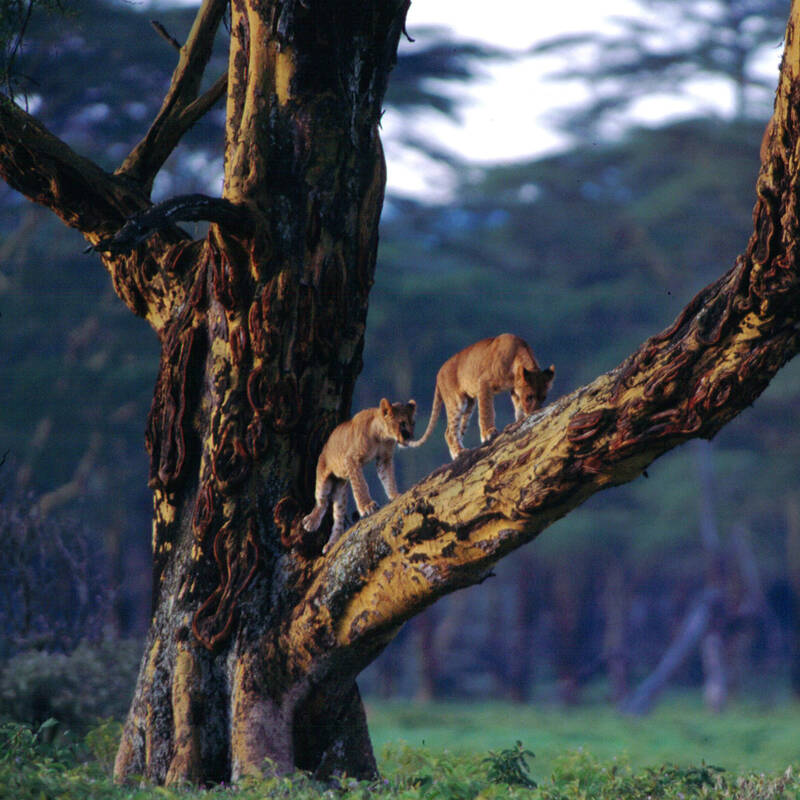
Lake Manyara Safari
Half-day or full-day
Set against the spectacular backdrop of the Rift Valley escarpment, Lake Manyara National Park makes a great safari destination. Here, along with elephant herds and plains game, you’ll find jungle-like forests that are home to blue monkeys, a soda lake tinged pink by flamingos and some of Tanzania’s best birding.
More about Lake Manyara Safari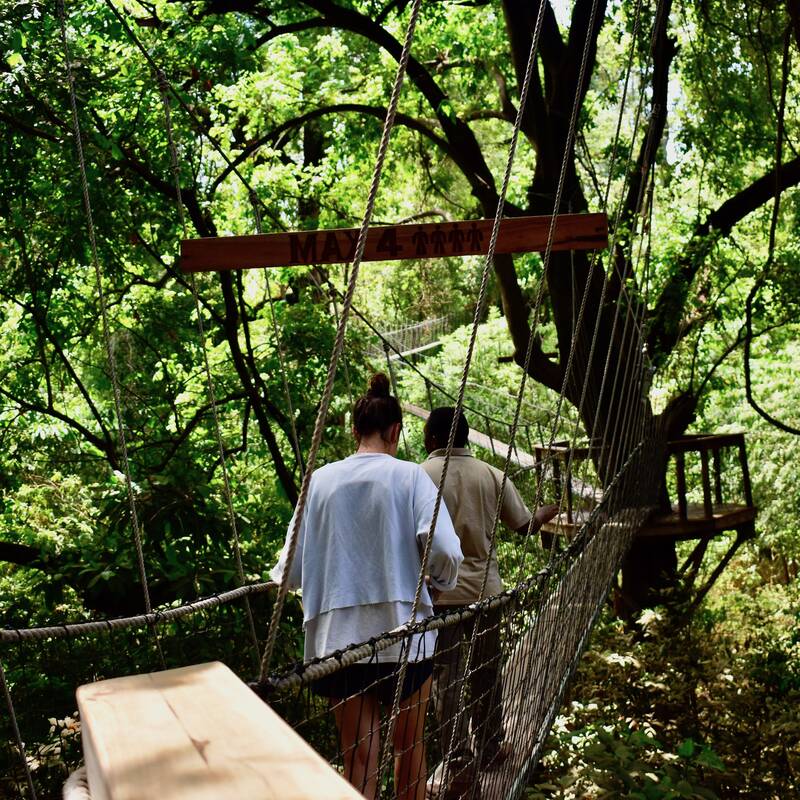
Lake Manyara Treetop Walkway
Usually one hour
Experience the forest of Lake Manyara National Park from a whole new perspective – high up in the trees. The first suspended walkway in Tanzania, it stretches underneath the canopy for 370m between the mahogany and fig trees, giving intrepid visitors a unique view of the surrounding flora and fauna.
More about Manyara Treetop WalkOther lodges in Tarangire National Park
Alternative places to stay in this same area.
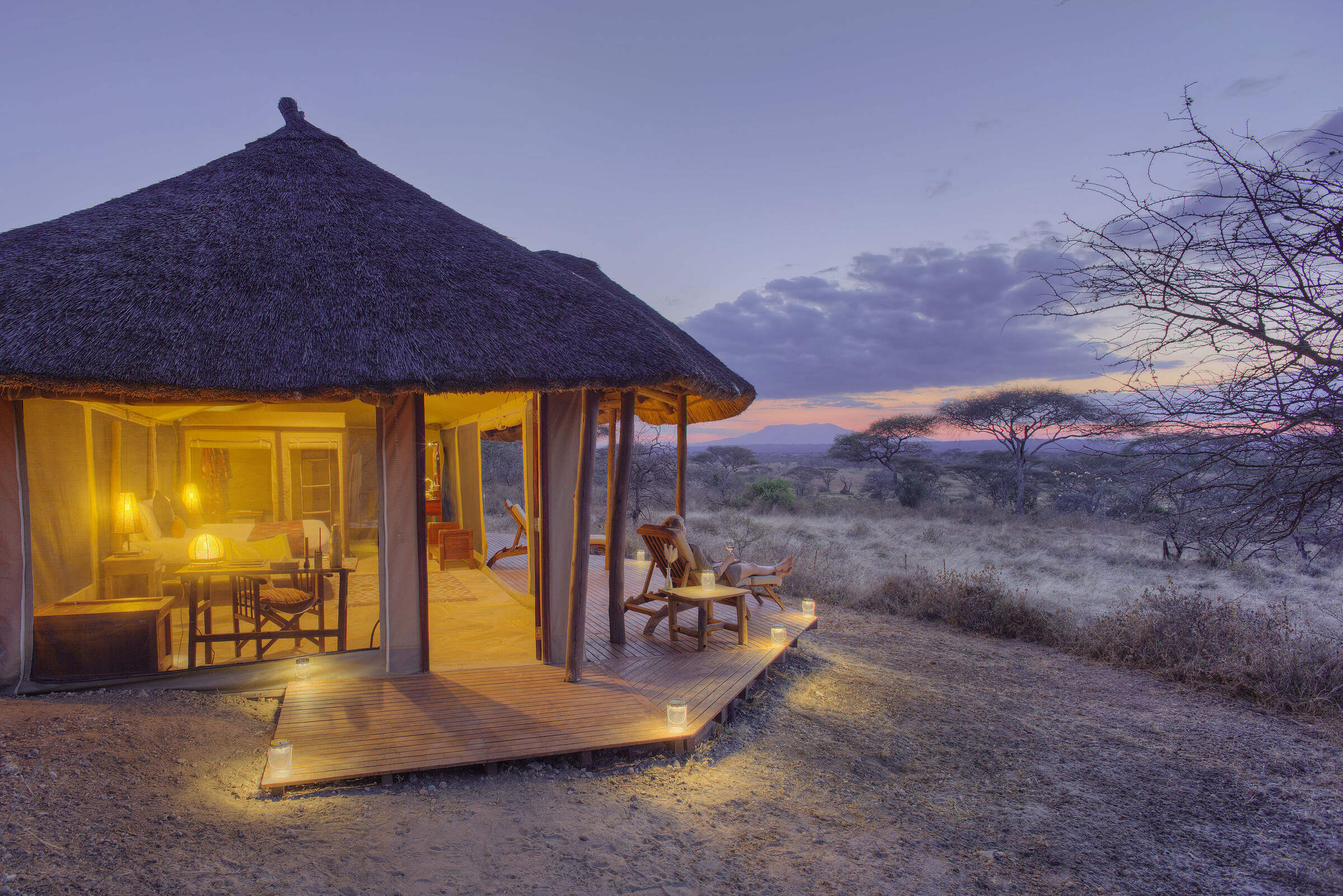
Oliver's Camp
Oliver's Camp is a small, intimate, luxury tented camp in a great location in northern Tanzania's Tarangire National Park.
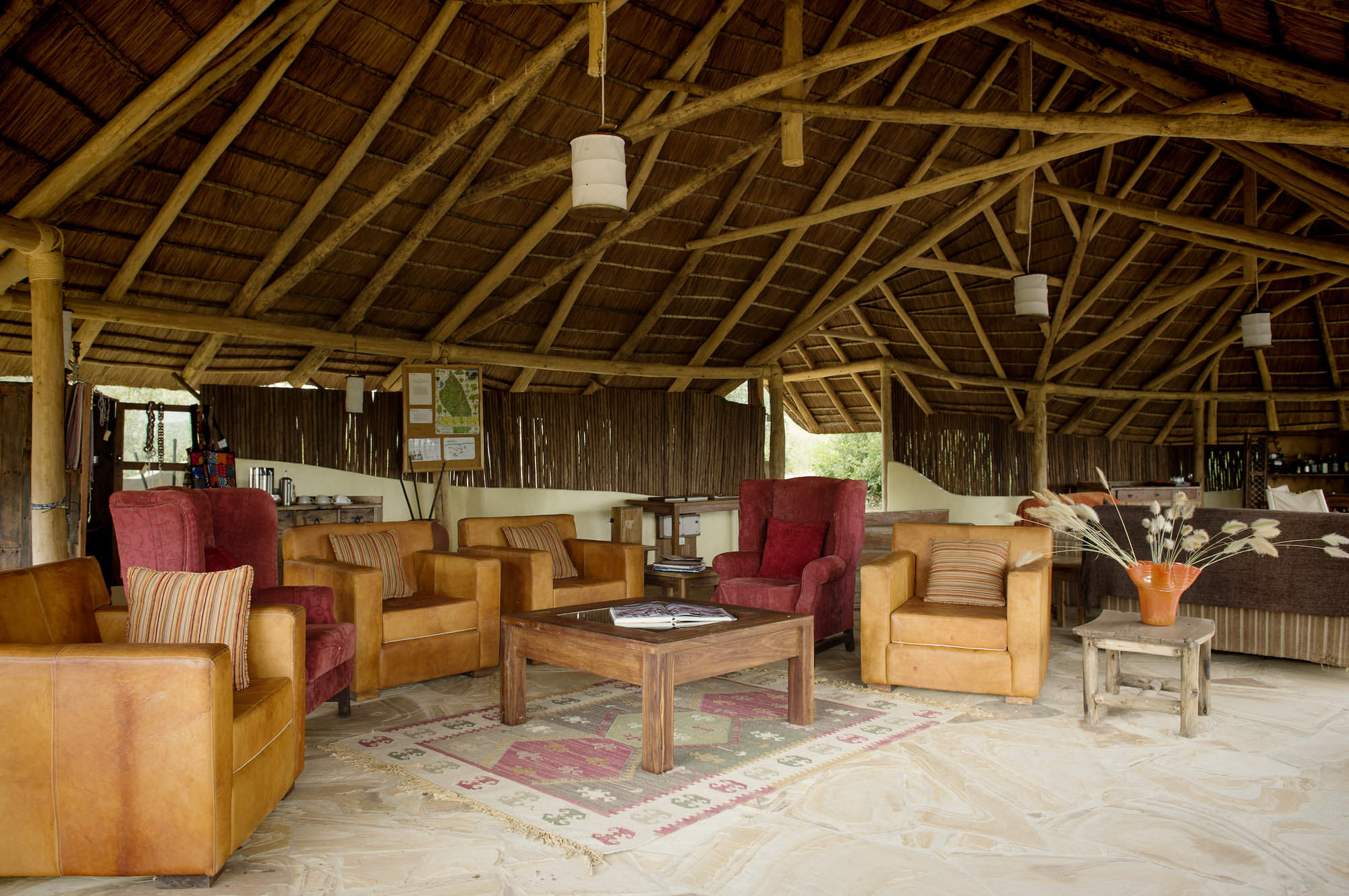
Little Oliver's
For a more private version of its sister property, Oliver’s Camp, Little Oliver’s offers high-quality guiding and tented rooms.
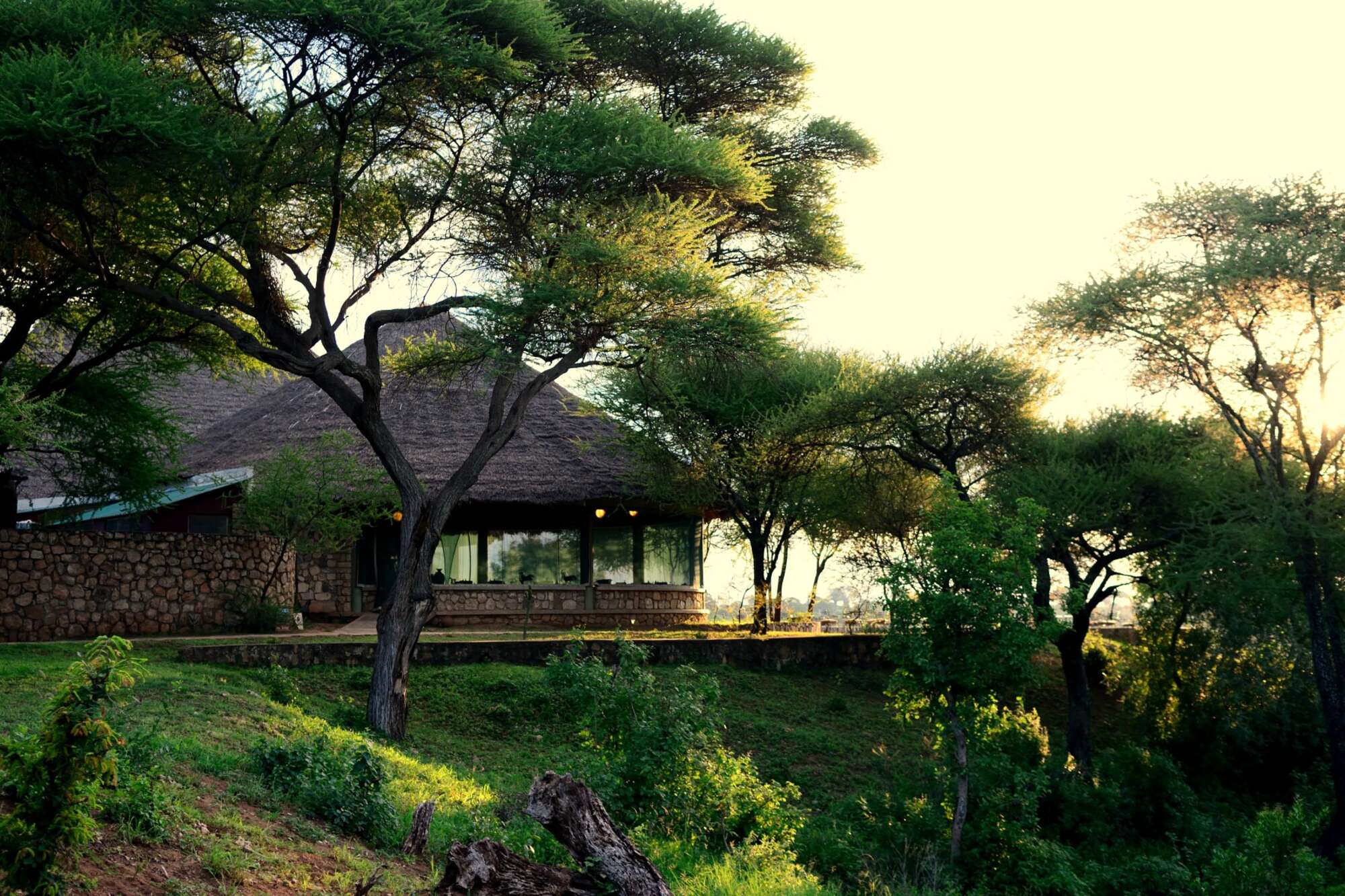
Tarangire Safari
Functional Tarangire Safari Lodge is one of Tarangire National Park's larger lodges, on a prime central site overlooking the river.
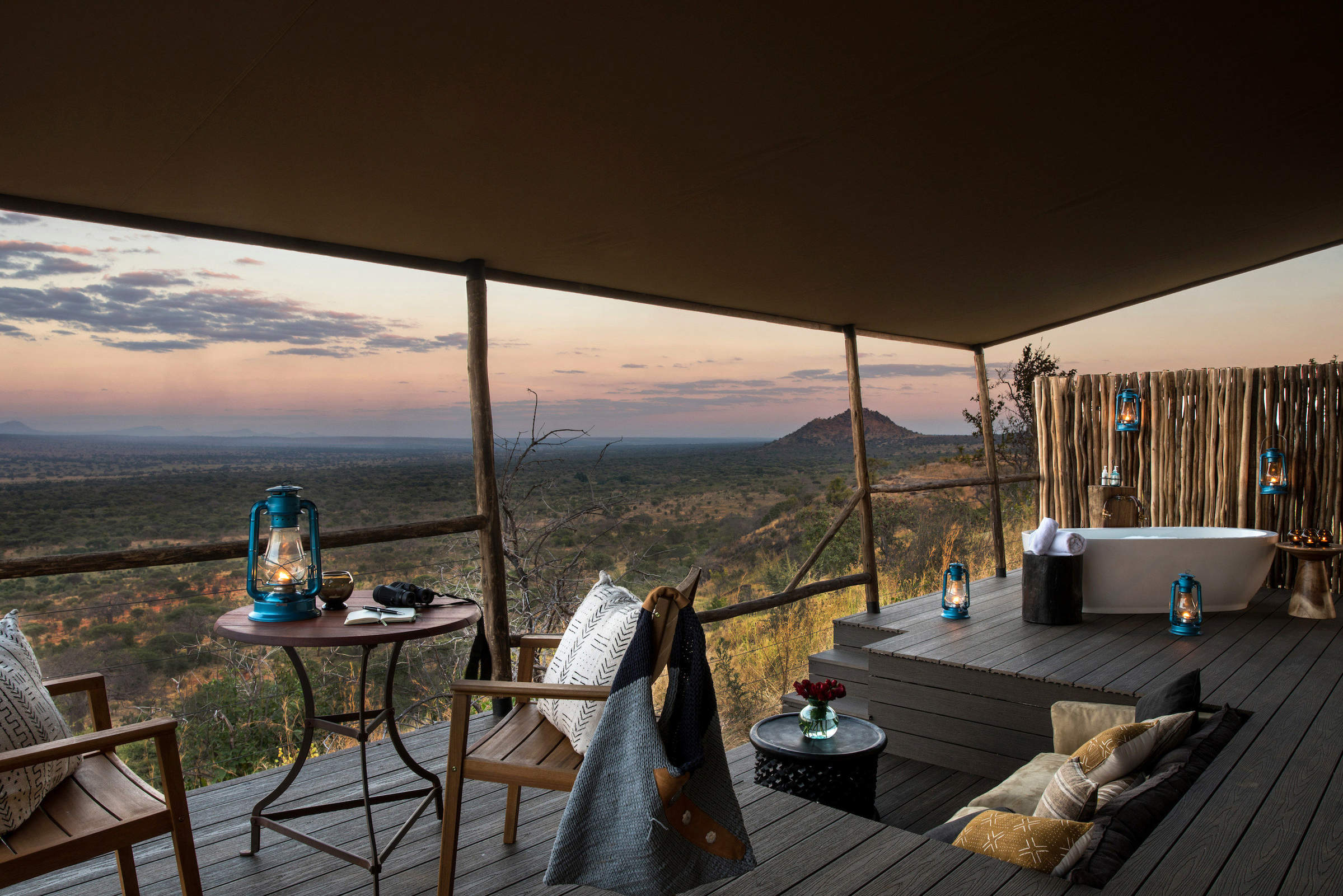
Lemala Mpingo Ridge
Lemala Mpingo Ridge is a stylish camp in Tarangire National Park, with a beautiful location and elevated views over the park.
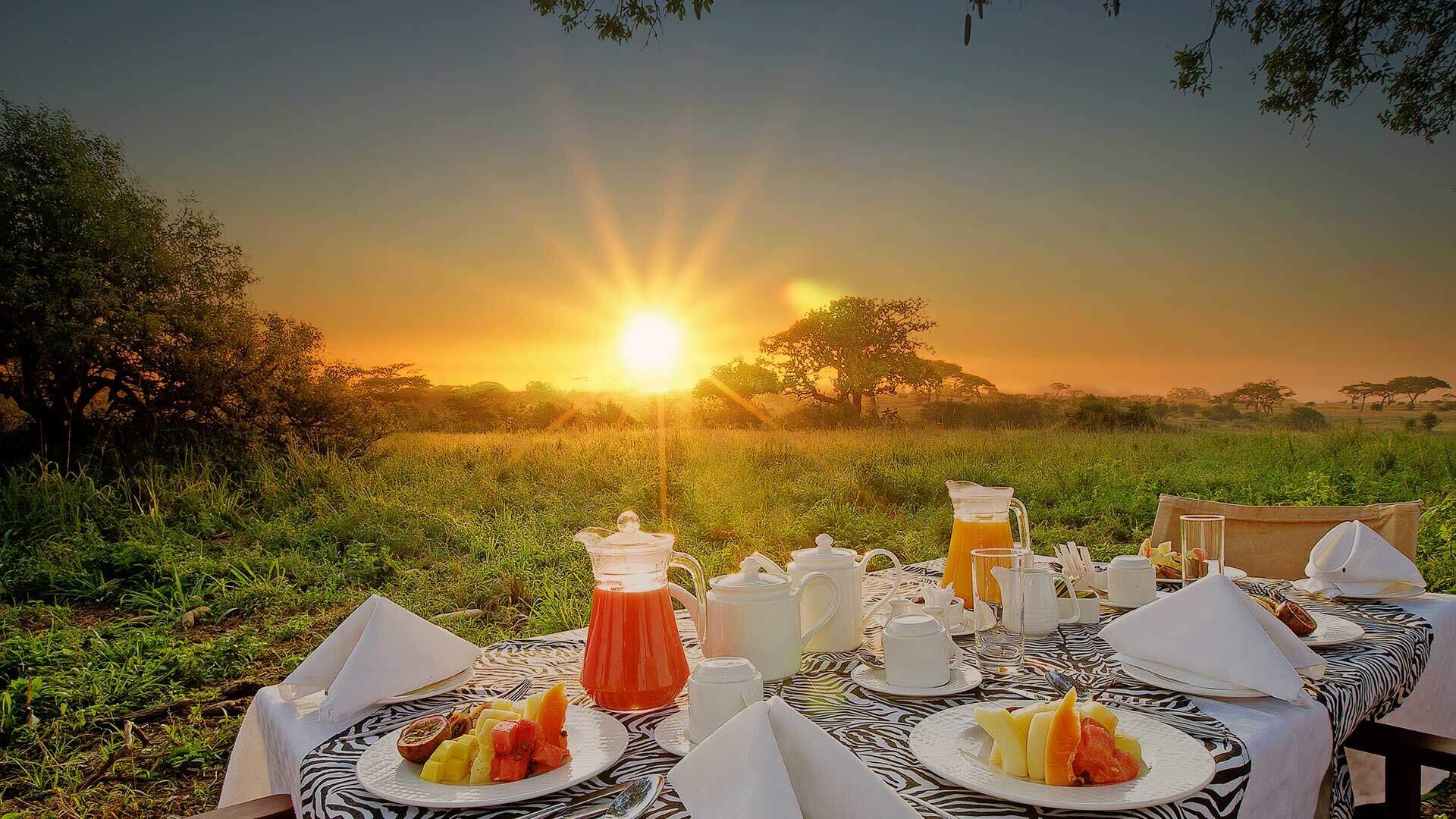
Tarangire Sopa Lodge
Tarangire Sopa Lodge is a large, comfortable, family-friendly hotel in Tarangire National Park, suitable for travellers on a budget.
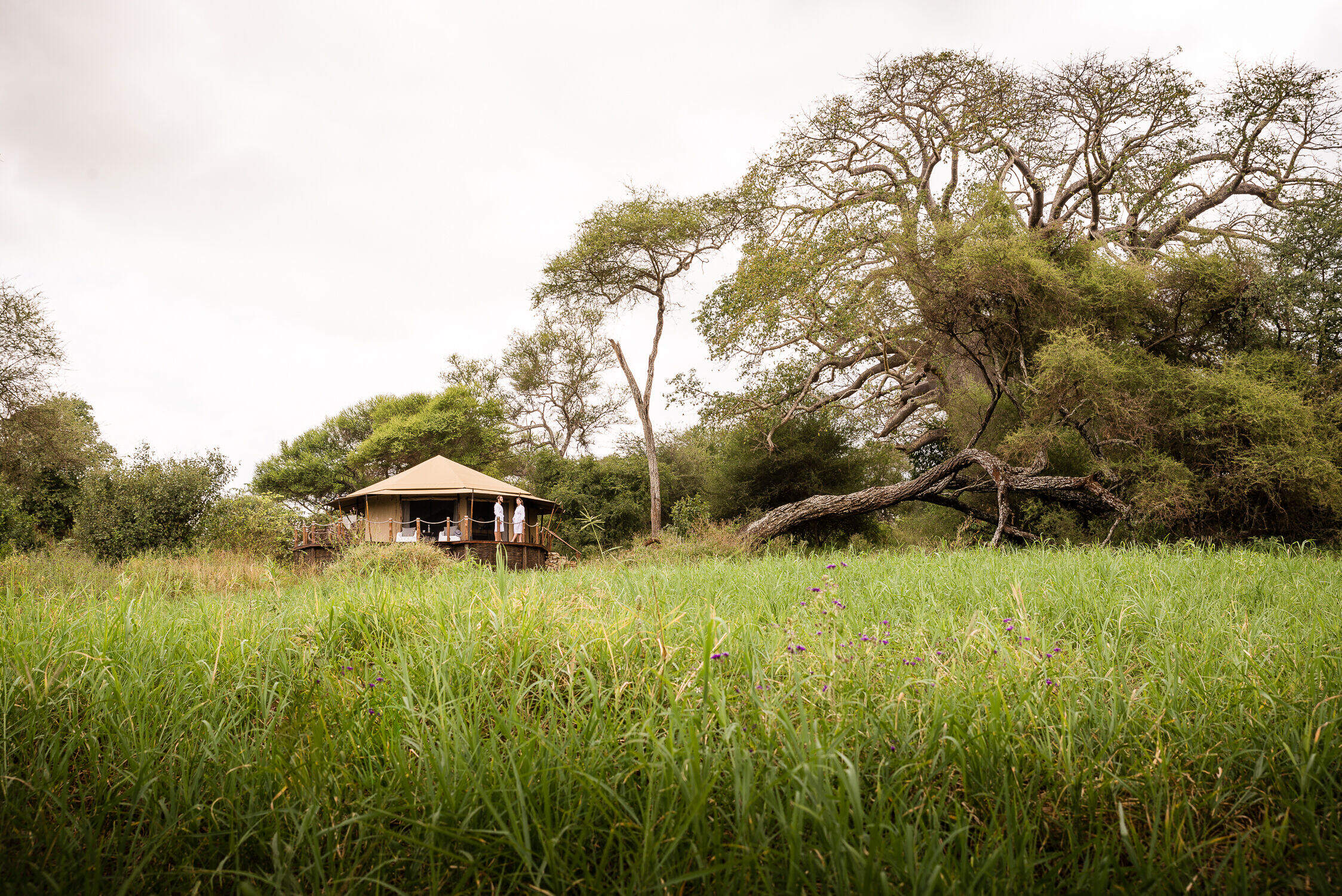
Swala Camp
Swala Camp is a stylish camp for exploring the southern Tarangire, either with a private driver-guide, or using the camp's vehicles and guides.

Tarangire Treetops
Tarangire Treetops is a lovely, high-quality lodge on the outskirts of Tarangire National Park, offering game drives, night drives and safari walks.
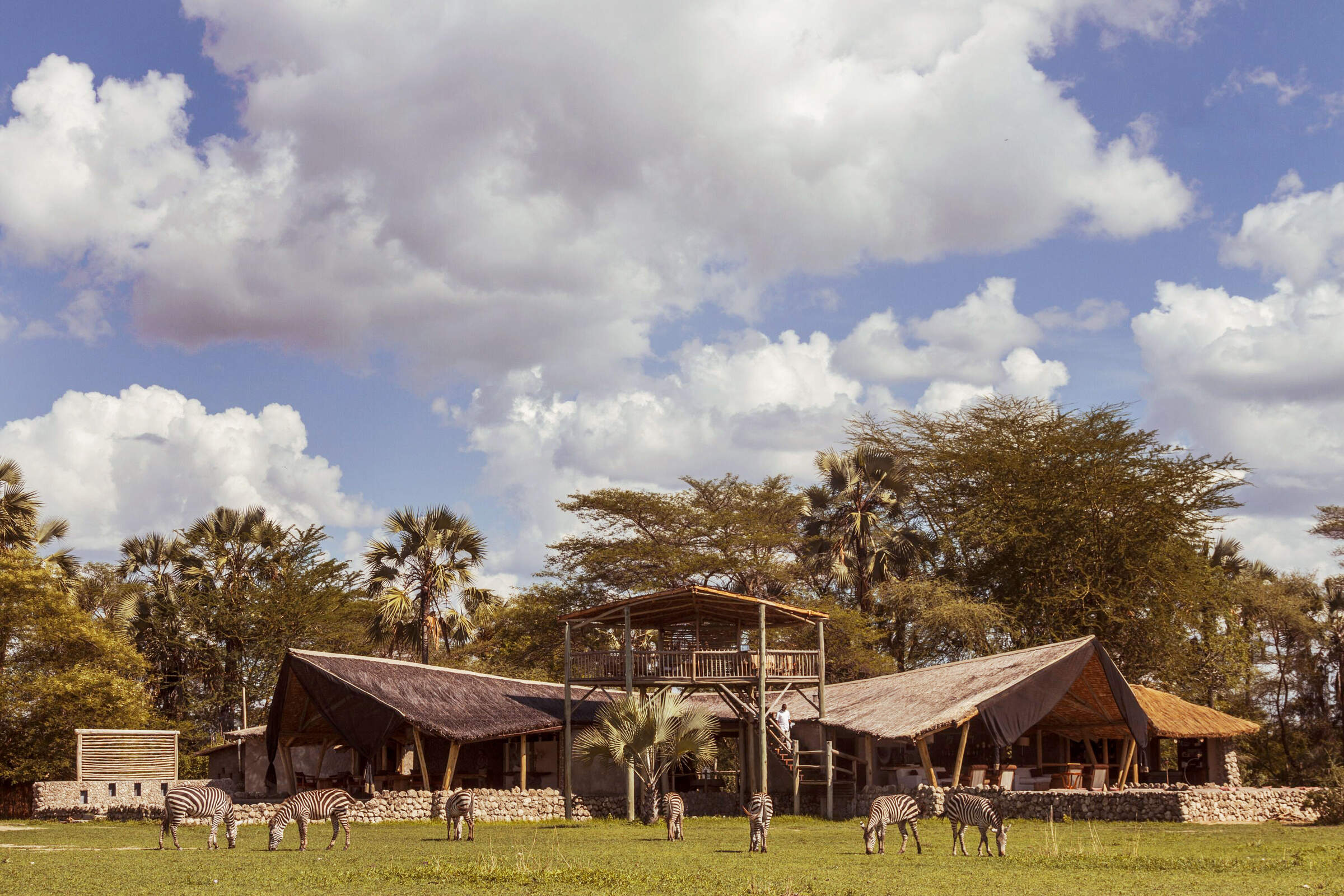
Chem Chem
Chem Chem is a luxury tented lodge on a private concession between Lake Manyara and Tarangire national parks.
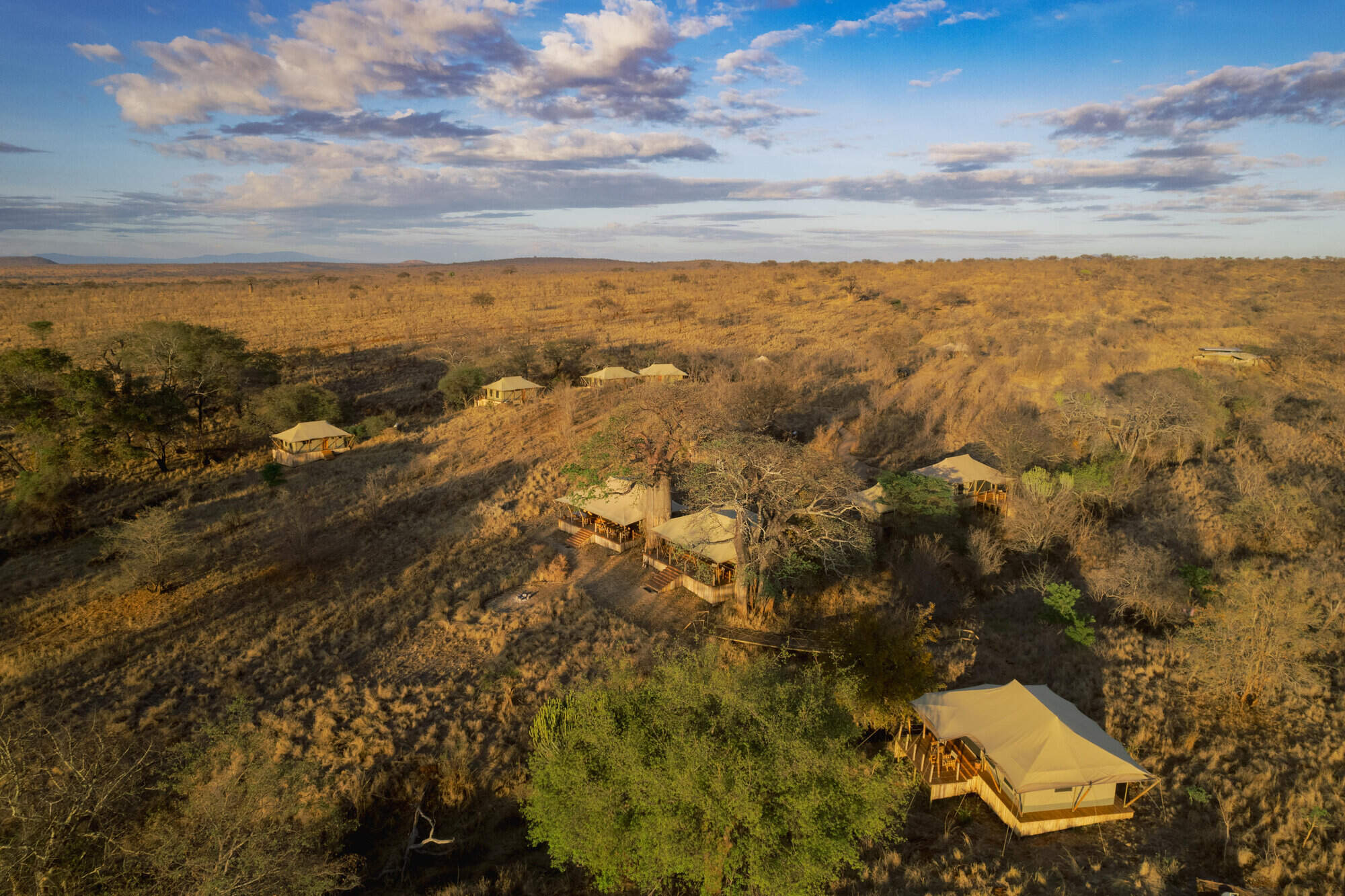
Olkeri Camp
Olkeri is a comfortable tented camp, located in the Randilen Wildlife Management area, bordering Tarangire National Park; ideal for those looking for pristine wilderness.
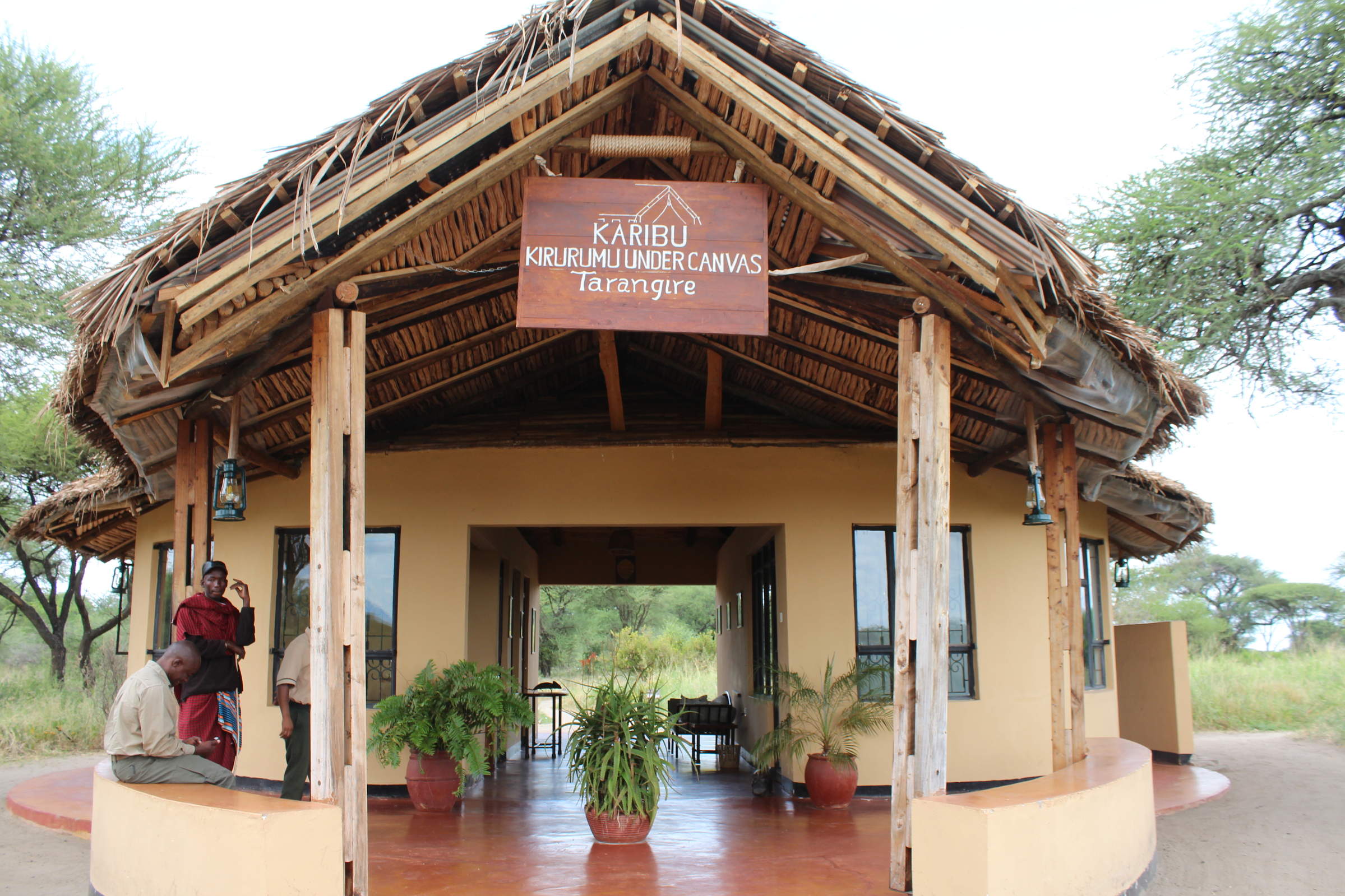
Kirurumu Tarangire
Kirurumu Tarangire Lodge is a simple, small, tented camp positioned just outside the northern boundary of Tarangire National Park.
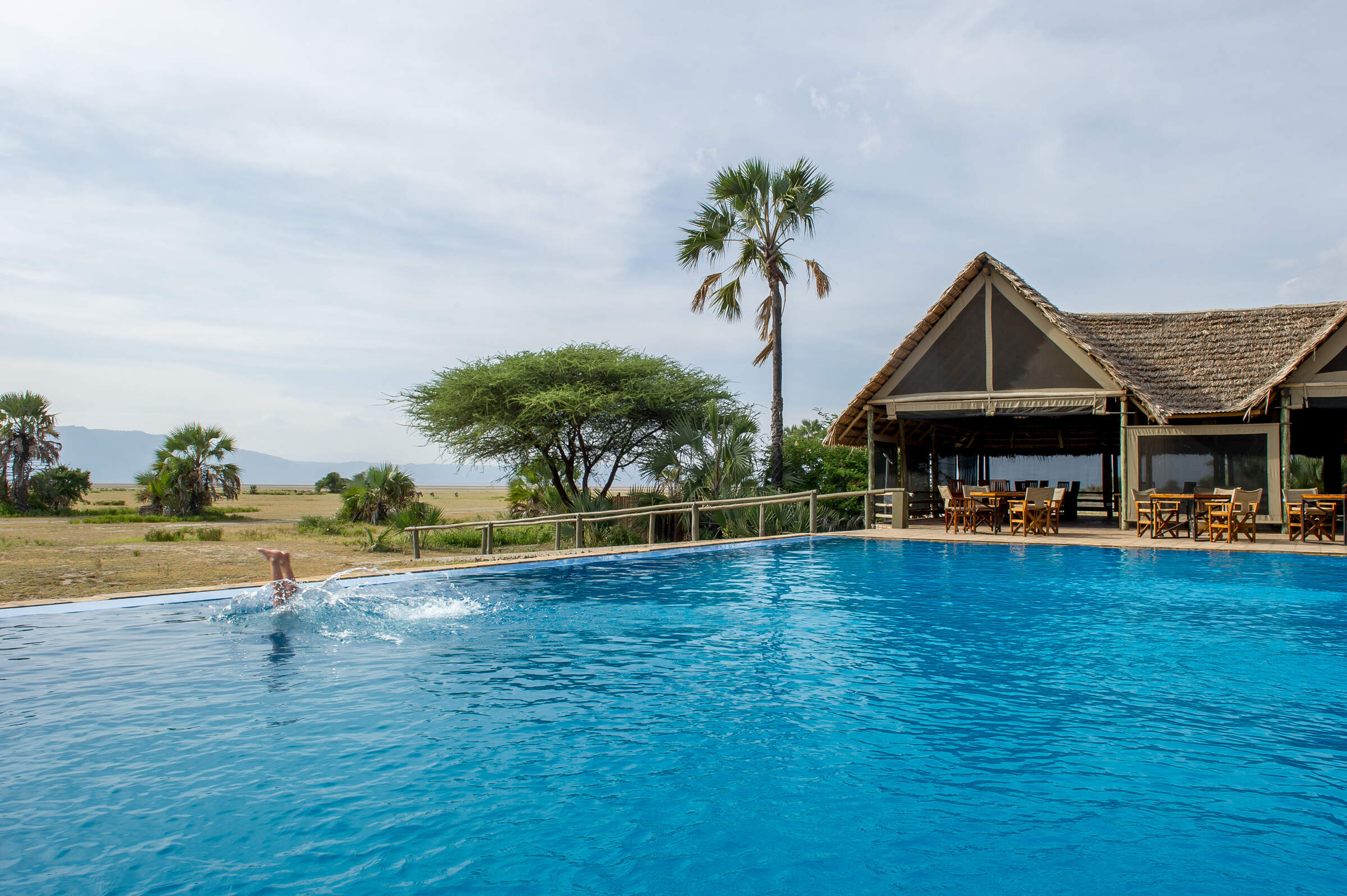
Maramboi Tented Camp
Maramboi Tented Camp is a family-friendly tented lodge located between Lake Manyara and Tarangire National Park.
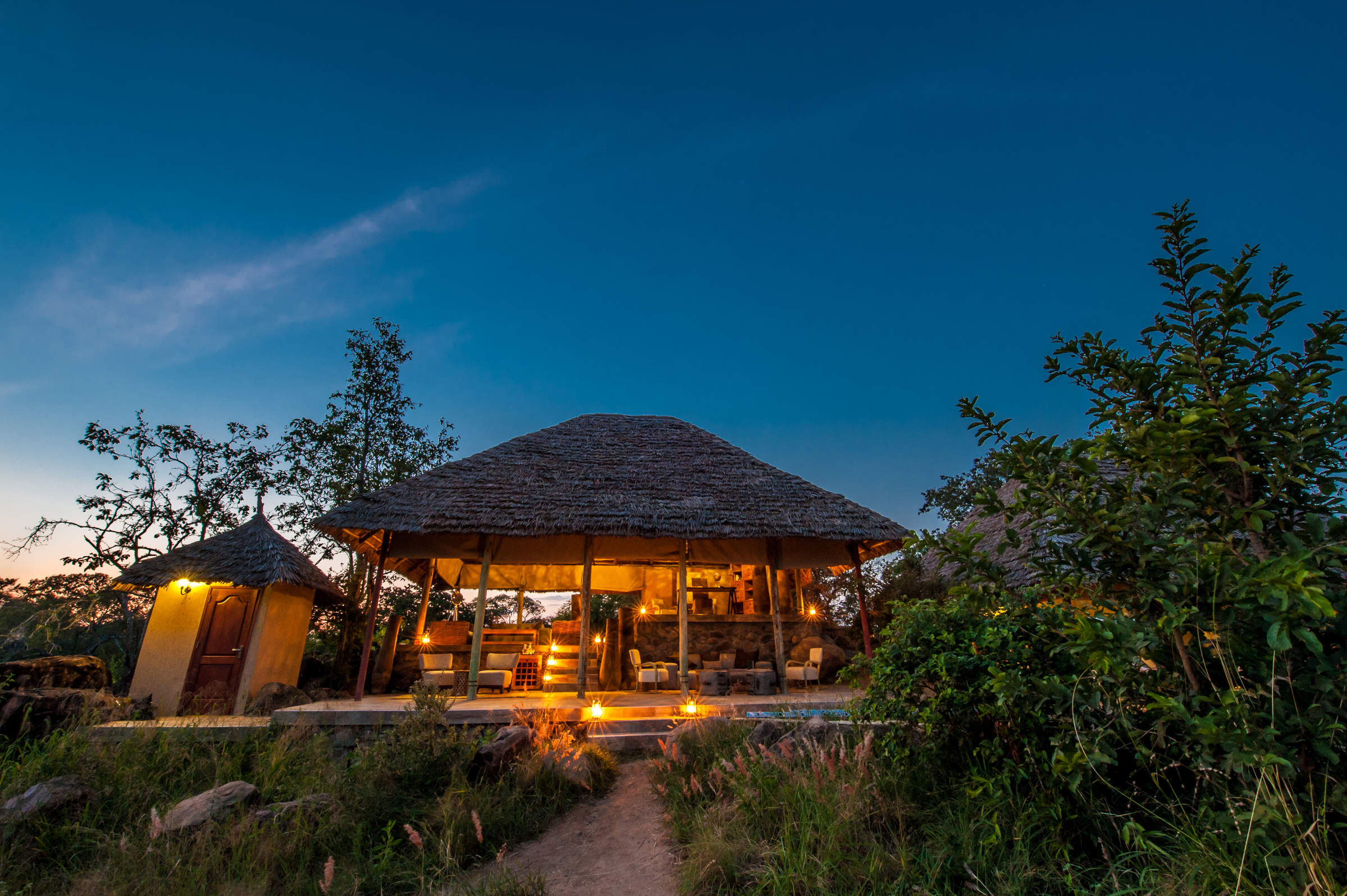
Nimali Tarangire
Nimali is a small camp built in contemporary style on the outskirts of Tarangire National Park in northern Tanzania.
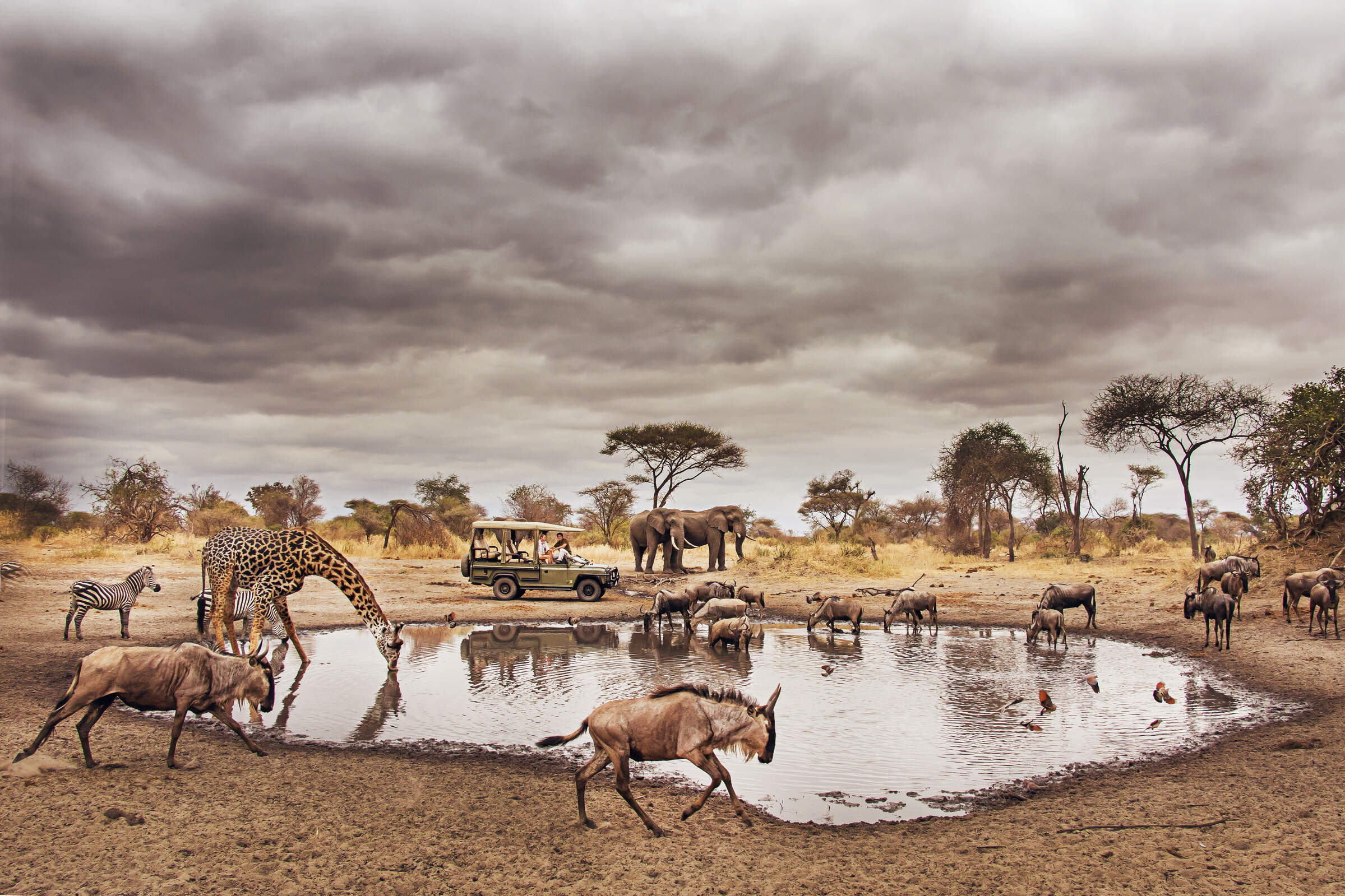
Forest Chem Chem
Located in the Chem Chem Concession and close to Tarangire National Park, Forest Chem Chem is a high-quality tented camp which is booked on an exclusive basis.
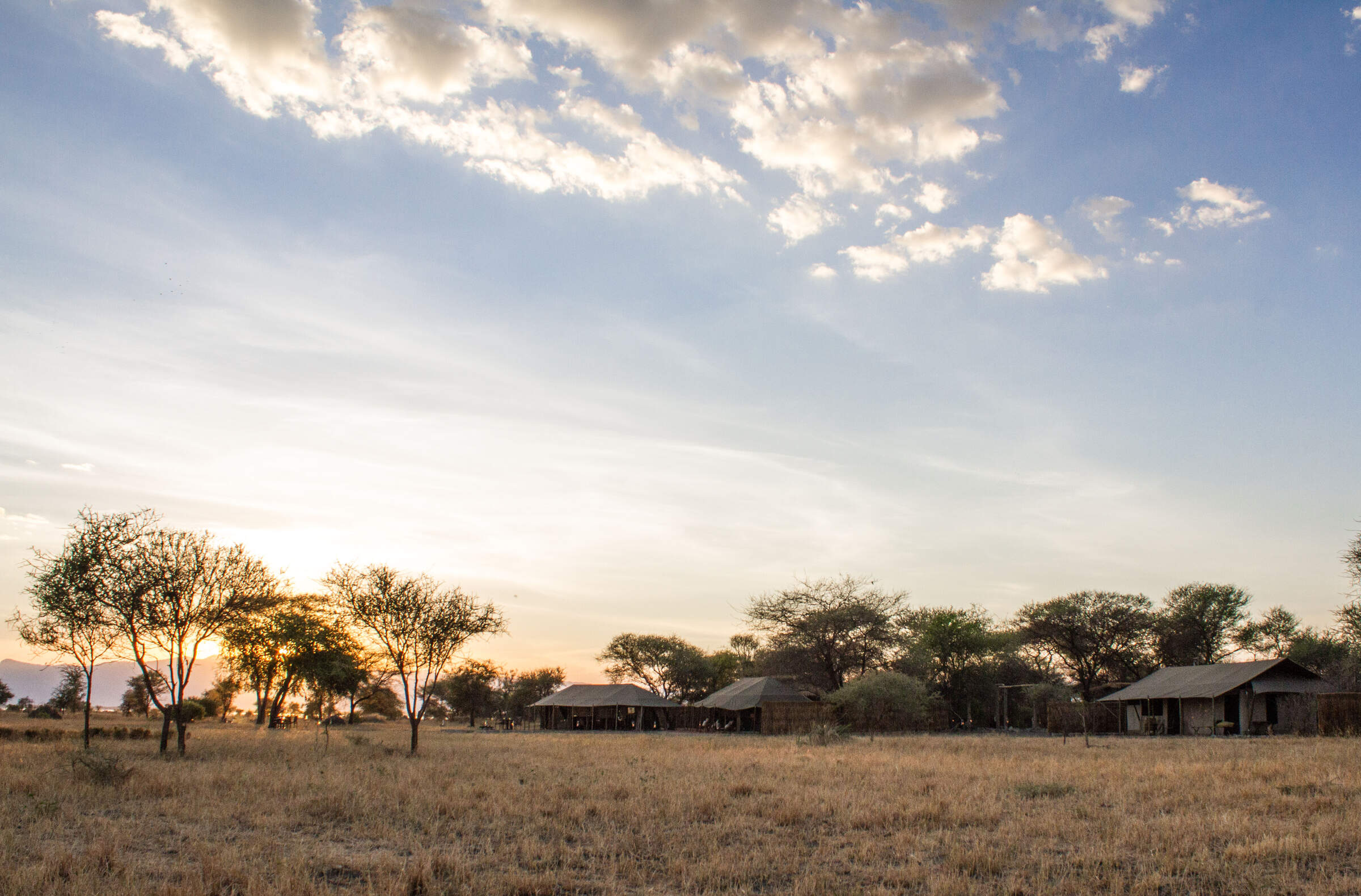
Little Chem Chem
Little Chem Chem is a stylish option near Tarangire National Park, offering real relaxation combined with a variety of safari activities.
When to go to Tarangire National Park
Our month by month guide: What it's like to visit Kuro Tarangire in Tarangire National Park
Jan
Feb
Mar
Apr
May
Jun
Jul
Aug
Sep
Oct
Nov
Dec
Tarangire National Park in January
January marks the start of the short dry season. The Tarangire River becomes a crucial water source, attracting diverse wildlife. Elephants, buffaloes, and zebras congregate around the river and swamps. The iconic baobab trees stand out against the landscape, providing food and shelter for animals. Birdwatching is excellent as resident birds display breeding plumage and migrant species are present.
The Silale and Gurusi swamps teem with hippos and crocodiles. While the southern areas of the park may still be wet, the northern regions offer great game viewing. The Matete Woodlands provide opportunities to spot leopards and rare fringe-eared oryx antelopes. January can offer great value for visitors, with quieter park conditions and variable weather.
- Variable weather, dry or rainy periods
- Good for birding, many migrant species present
- Elephant herds gather near Tarangire River
- Lush landscapes ideal for photography
- Quieter after early January rush
Our view
A good time to visit, with pros & cons
Weather in January
Tarangire National Park in February
February in Tarangire National Park is one of the hottest months, with temperatures reaching around 33°C/91°F. The short dry season continues, making it an excellent time for wildlife viewing. The Tarangire River and surrounding swamps become focal points for animal activity. Large herds of elephants, numbering over 3,000, are a major attraction.
The north offers impressive vegetation and birdlife, including large flocks of red-billed quelea birds and various raptors. Birdwatchers will enjoy the park's 550+ species, with northern hemisphere migrants joining resident birds. February is lovely for ballooning, offering unique aerial views of the park's diverse landscapes and wildlife during the cooler morning hours.
- Hot and dry weather prevails
- Large elephant herds visible near water sources
- Excellent time for game drives and safaris
- Baobab trees stand out in dry landscape
- Park less crowded, better wildlife viewing
Our view
A very good time to visit
Weather in February
Tarangire National Park in March
As March arrives in Tarangire, the long rains begin, transforming the landscape. This is an important time for the park's famous baobab trees, which store water in their trunks. While game viewing becomes more challenging due to dispersing wildlife, it's an excellent time for photography as the scenery turns lush and green.
The Tarangire ecosystem, including granitic ridges and river valleys, offers stunning views of the Great Rift Valley. Birdwatching remains rewarding, especially in the swampy floodplains and woodlands. March remains challenging for guided walking safaris, as the vegetation is high and thick.
- Hot with increasing humidity before rains
- Wildlife viewing varies as rains approach
- Quiet park with lower visitor numbers
- Migratory birds still present in good numbers
- Balloon safaris offer stunning aerial views
Our view
A good time to visit, with pros & cons
Weather in March
Tarangire National Park in April
April is the wettest month in Tarangire, with an average of 250mm of rain. The park's landscape is at its lushest, with flowering plants attracting insects and smaller animals. While big game viewing is more challenging due to dense vegetation, it's an excellent time for photographers to capture the vibrant scenery. The Tarangire River and swamps swell, creating picturesque scenes.
Birdwatching remains exceptional, with over 550 species present in the park. Visitor numbers are low, providing a more intimate safari experience.
- Heavy rains with impressive thunderstorms
- Some camps closed due to weather conditions
- Lowest rates and very few other tourists
- Lush green landscape, but wildlife dispersed
- Birdwatching excellent for resident species
Our view
This is not a great time to visit
Weather in April
Tarangire National Park in May
As May progresses in Tarangire, the long rains begin to taper off. The park's diverse habitats, from woodlands to savannahs, are lush and green. While wildlife viewing can still be challenging due to high grass, patient observers may spot leopards in the Matete Woodlands. The swamps, including Silale and Gurusi, are full of water, attracting numerous bird species.
May is an excellent time for photography, with dramatic skies and verdant landscapes. The Tarangire ecosystem is at its most vibrant, showcasing the park's stunning biodiversity. Visitor numbers remain low, offering peaceful game drives. Cultural visits to nearby Maasai communities provide insights into local traditions and lifestyles.
- Rains continue, creating dramatic skies
- Quiet time to visit, avoiding crowds
- Park lush and green with high grass
- Wildlife more dispersed, fewer sightings
- Affordable rates for budget-conscious visitors
Our view
This is not a great time to visit
Weather in May
Tarangire National Park in June
June marks the beginning of the dry season in Tarangire. As the landscape starts to dry, wildlife begins to congregate around permanent water sources. The famous Tarangire River becomes a hub of animal activity, attracting diverse species. Elephant herds become more visible as they move towards reliable water supplies.
June is an excellent time for birdwatching, with over 550 species present in the park. The Lemiyon Triangle in the north offers impressive vegetation and birdlife. As the grass starts to shorten, game viewing improves, especially along the Birungi Circuit. June is lovely for balloon safaris, providing breathtaking views of the awakening landscape and wildlife below.
- Weather transitions from wet to dry
- Wildlife starts concentrating near water
- Park still green with some high grasses
- Visitor numbers increasing gradually
- Good value with shoulder season prices
Our view
A good time to visit, with pros & cons
Weather in June
Tarangire National Park in July
July is a prime month for wildlife viewing in Tarangire. As the dry season progresses, large herds of elephants, buffaloes and zebras gather around the Tarangire River and swamps. The park's famous baobab trees stand out against the increasingly arid landscape. Game drives along the Birungi Circuit offer excellent opportunities to spot lesser kudu and massive elands.
Birdwatching remains rewarding, especially around the park's swamps and woodlands. The Matete Woodlands provide good chances to see leopards and rare fringe-eared oryx antelopes. July is perfect for photography, with clear skies and animals congregating at water sources. Guided nature walks provide intimate encounters with the park's flora and fauna. Sundowner game drives offer magical experiences as the African sun sets over the savannah.
- Dry season begins, excellent wildlife viewing
- Large elephant herds visible near river
- Popular time with higher visitor numbers
- Peak prices due to optimal conditions
- Guided walks offer intimate wildlife experiences
Our view
Fantastic: the very best time to visit
Weather in July
Tarangire National Park in August
August in Tarangire offers exceptional wildlife viewing opportunities. The dry season is in full swing, concentrating animals around the Tarangire River and remaining water sources. Large elephant herds, sometimes numbering in the hundreds, are a common sight. The park's swamps, including Silale and Gurusi, attract diverse wildlife.
Birdwatching is excellent, with many species gathering around water bodies. The iconic baobab trees provide a striking backdrop for photography. August is ideal for balloon safaris, offering panoramic views of the park's diverse landscapes and wildlife. Guided nature walks provide intimate encounters with the park's flora and fauna. Cultural visits to nearby Maasai communities offer insights into traditional lifestyles.
- Dry conditions, animals gather at water sources
- Excellent general wildlife viewing
- Busy season with higher visitor numbers
- Swamps attract diverse wildlife species
- Night drives reveal nocturnal animals
Our view
Fantastic: the very best time to visit
Weather in August
Tarangire National Park in September
September is an excellent month to visit Tarangire. As the dry season peaks, wildlife concentrates around remaining water sources, particularly the Tarangire River. Large herds of elephants, wildebeests, and zebras offer spectacular viewing opportunities. The Matete Woodlands and Birungi Circuit provide chances to spot predators like leopards. Birdwatching remains rewarding, with over 550 species in the park.
The landscape, dotted with iconic baobab trees, offers stunning photographic opportunities. September is ideal for guided walking safaris, allowing visitors to explore the park's ecosystem up close. Balloon safaris provide breathtaking aerial views of the parched landscape and congregating wildlife.
- Fantastic wildlife viewing opportunities
- Parks becoming very dry, animals congregate
- Slightly quieter than peak August period
- Baobab trees in full leaf, great for photos
- Higher chances of seeing large predators
Our view
Fantastic: the very best time to visit
Weather in September
Tarangire National Park in October
October in Tarangire marks the end of the dry season, offering some of the best wildlife viewing opportunities. The Tarangire River and surrounding swamps become crucial for survival, attracting large concentrations of animals. Elephant herds are particularly impressive during this time. The park's famous baobab trees stand out against the parched landscape. Birdwatching is excellent, with many species congregating around remaining water sources.
October is ideal for photography, with clear skies and abundant wildlife. Balloon safaris provide stunning aerial views of the park's varied landscapes and wildlife. As the month progresses, there's a chance of early rains, bringing new life to the park.
- Mostly dry with comfortable temperatures
- Excellent game viewing around water sources
- Lower visitor numbers than earlier months
- Balloon safaris offer breathtaking views
Our view
A very good time to visit
Weather in October
Tarangire National Park in November
November in Tarangire sees the start of the short rains, transforming the landscape. The famous baobab trees begin to flower, creating a lush backdrop. Wildlife starts to disperse as water becomes more widely available, but game viewing remains good. The Tarangire River and swamps continue to attract diverse species. November is excellent for birdwatching as migratory birds arrive, joining the park's 550+ resident species.
As the vegetation greens, photography opportunities abound. Guided nature walks provide insights into the park's changing ecosystem. Cultural visits to nearby Maasai communities offer unique experiences. November can offer great value with shoulder season rates and fewer visitors.
- Variable weather, chance of rain increasing
- Parks quieter, prices more affordable
- Wildlife disperses as rains begin
- Migratory birds start arriving in the park
- Green season begins, landscape transforms
Our view
A good time to visit, with pros & cons
Weather in November
Tarangire National Park in December
December in Tarangire brings a mix of wet and dry conditions. The short rains continue, rejuvenating the landscape. The famous baobab trees are in full leaf, providing shade and food for wildlife. While animals are more dispersed than in the dry season, game viewing remains rewarding. The Tarangire River and swamps continue to attract diverse species.
December is excellent for birdwatching, with migratory birds present alongside resident species. Balloon safaris provide stunning views of the greening landscape. Cultural visits to nearby communities offer insights into local holiday traditions. Despite being a popular time for visitors, especially during the festive season, December can still offer peaceful safari experiences in less-visited areas of the park.
- Variable weather, mix of dry and rainy days
- Good game viewing in Tarangire River area
- Quiet early month, busy during holidays
- Prices vary from low to peak holiday rates
- Lush landscapes after early rains
Our view
A good time to visit, with pros & cons
Weather in December

Looking for inspiration on where to travel next?
Visit our trip chooser to explore your options and find inspiration for your perfect African adventure
Inspire me